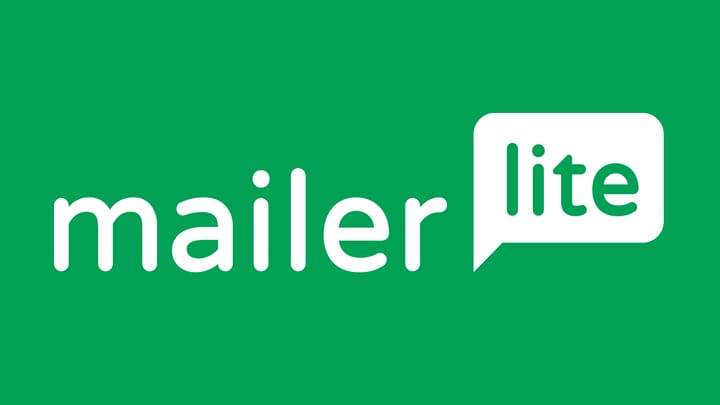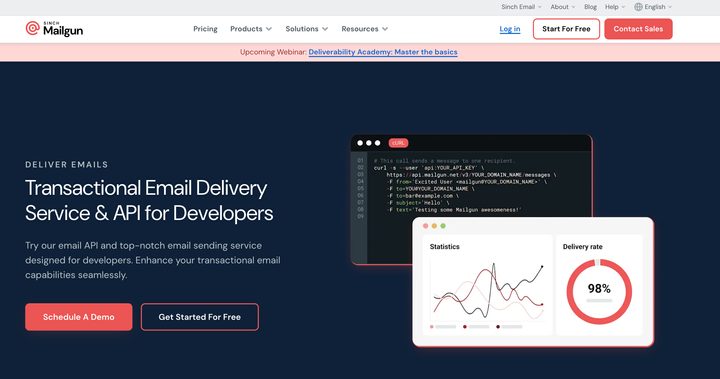The Top 50 Email Providers Our Customers Send To
We analyzed millions of emails sent through Maileroo and discovered something more complex: your messages are reaching 50 different email ecosystems, each with its own rules, users, and quirks.

Most people think email delivery is just about Gmail and Outlook.
We analyzed millions of emails sent through Maileroo and discovered something more complex: your messages are reaching 50 different email ecosystems, each with its own rules, users, and quirks.
If you're only optimizing for the big two, you're missing a significant portion of your audience and likely losing deliverability in markets you didn't even know mattered.
So, here's the complete list of the top 50 email providers our customers send to:
1. Google

Gmail and Google Workspace are the clear leaders in email, with billions of users around the world. Their advanced spam filtering and authentication requirements set the bar for the rest of the industry to follow.
2. Microsoft

It runs Outlook.com, Hotmail, and Microsoft 365, making it the second-largest email system in the world. Because they focus on businesses, they have strong security features and work well with Office productivity tools.
3. QQ Mail
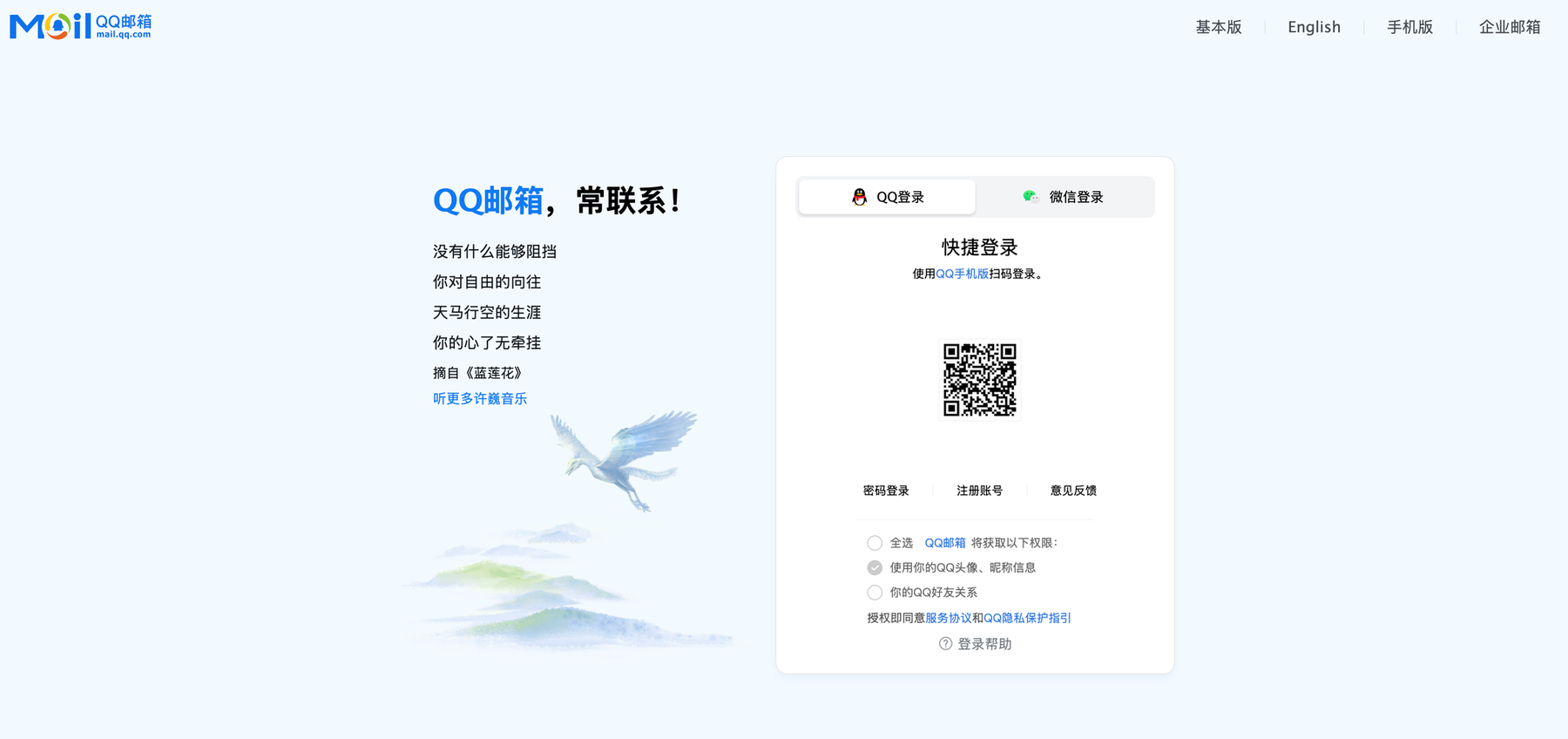
Operated by Tencent, this is China's dominant email service with hundreds of millions of active users. It is a key part of the QQ messaging ecosystem, which makes it necessary to reach Chinese audiences.
4. Yahoo Mail
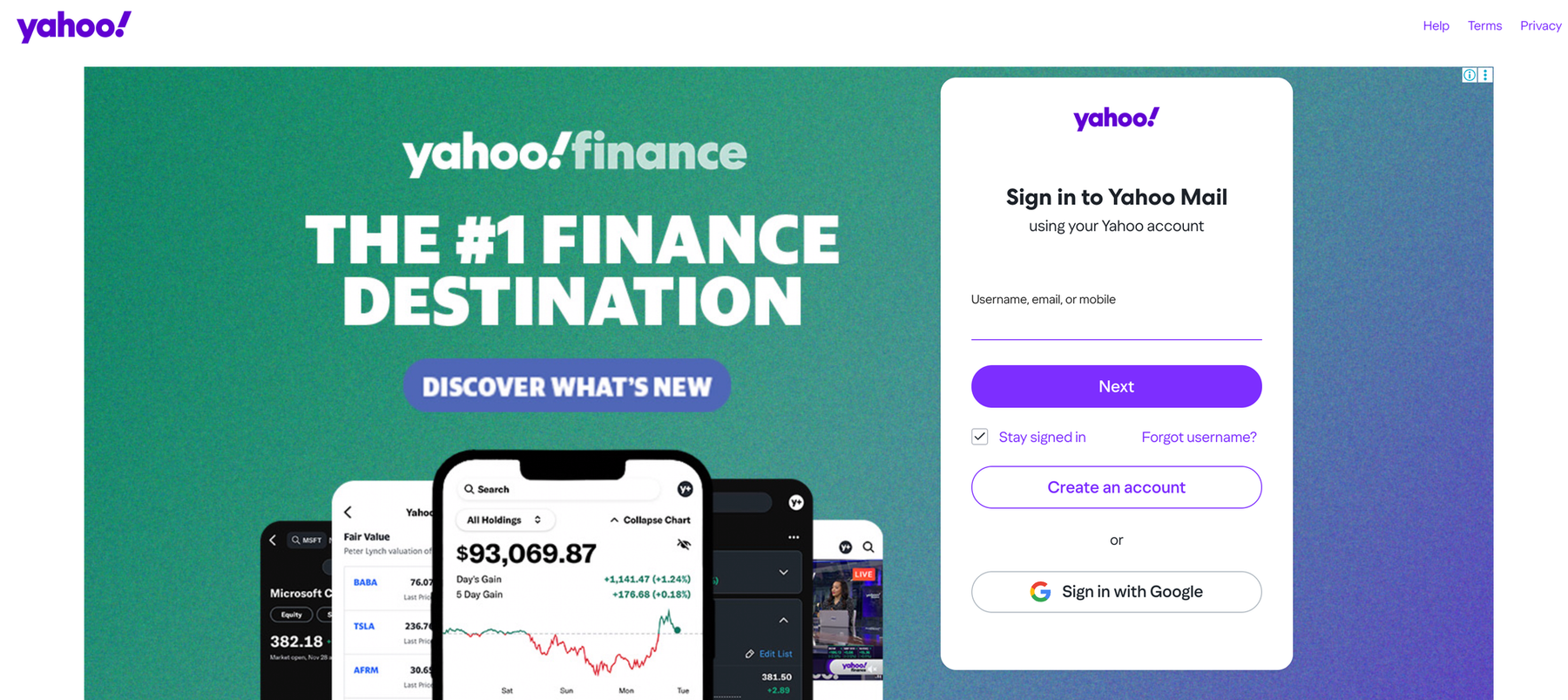
One of the internet's oldest email services, still maintaining a massive user base despite multiple ownership changes. Many users have stuck with their Yahoo addresses for decades, making it relevant for reaching long-time internet users.
5. iCloud
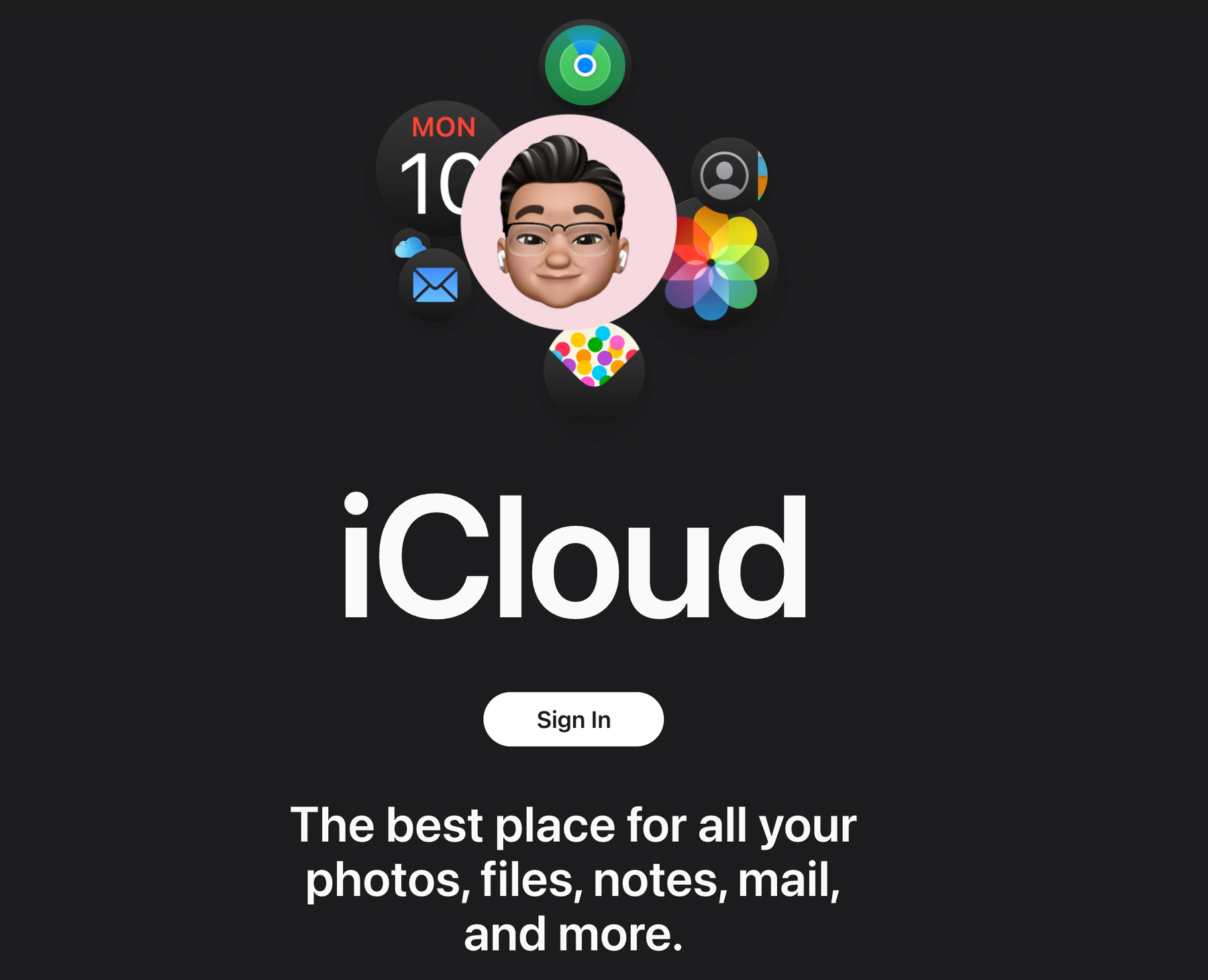
Apple's email service that comes bundled with every iPhone, iPad, and Mac device. Known for its strict privacy standards and filtering practices, iCloud is in line with Apple's overall ecosystem approach.
6. ProtonMail
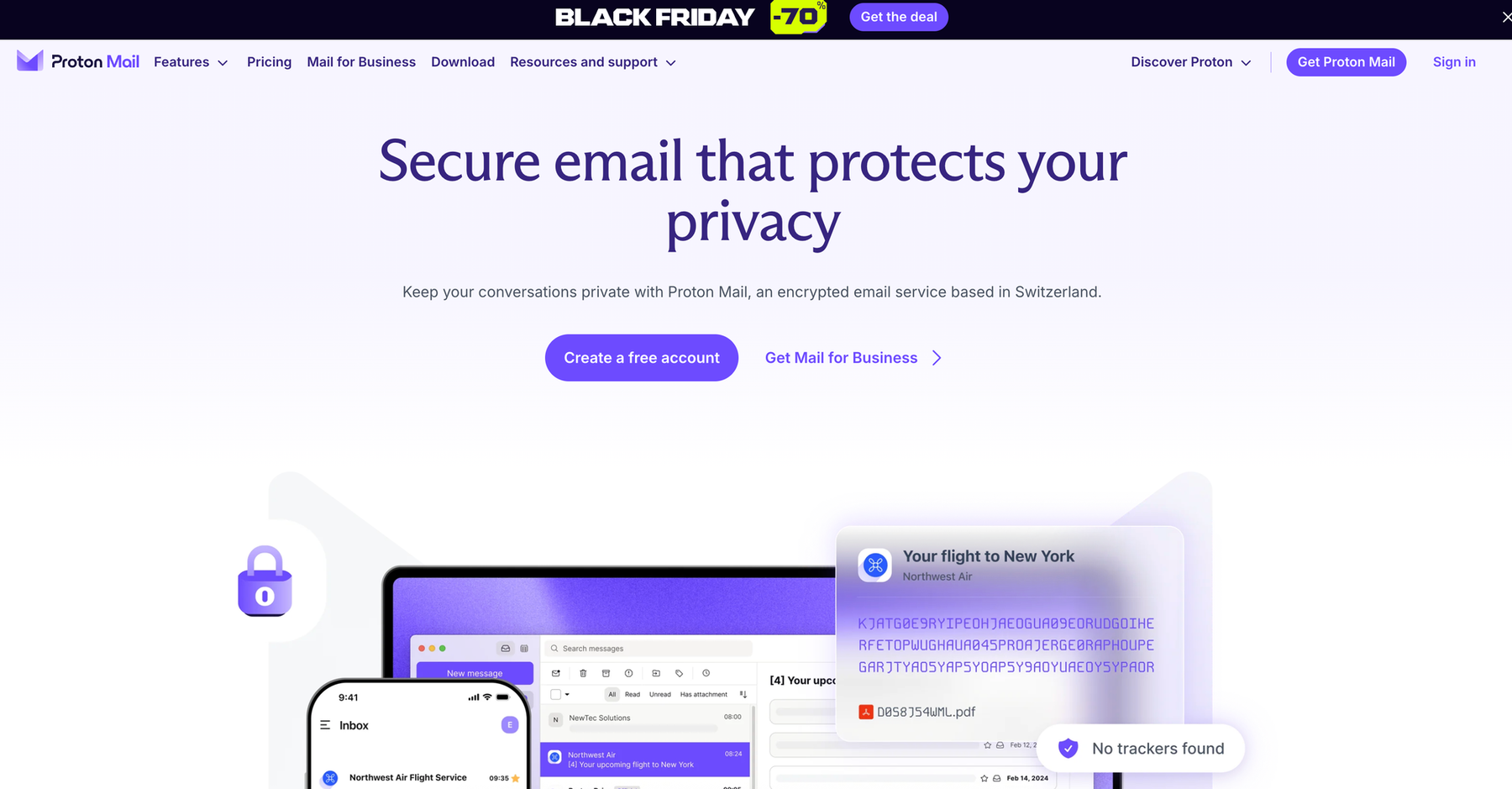
Swiss-based encrypted email service that pioneered mainstream end-to-end encryption for email. Popular among privacy-conscious users, journalists, and activists who prioritize security over convenience.
7. Mail.ru
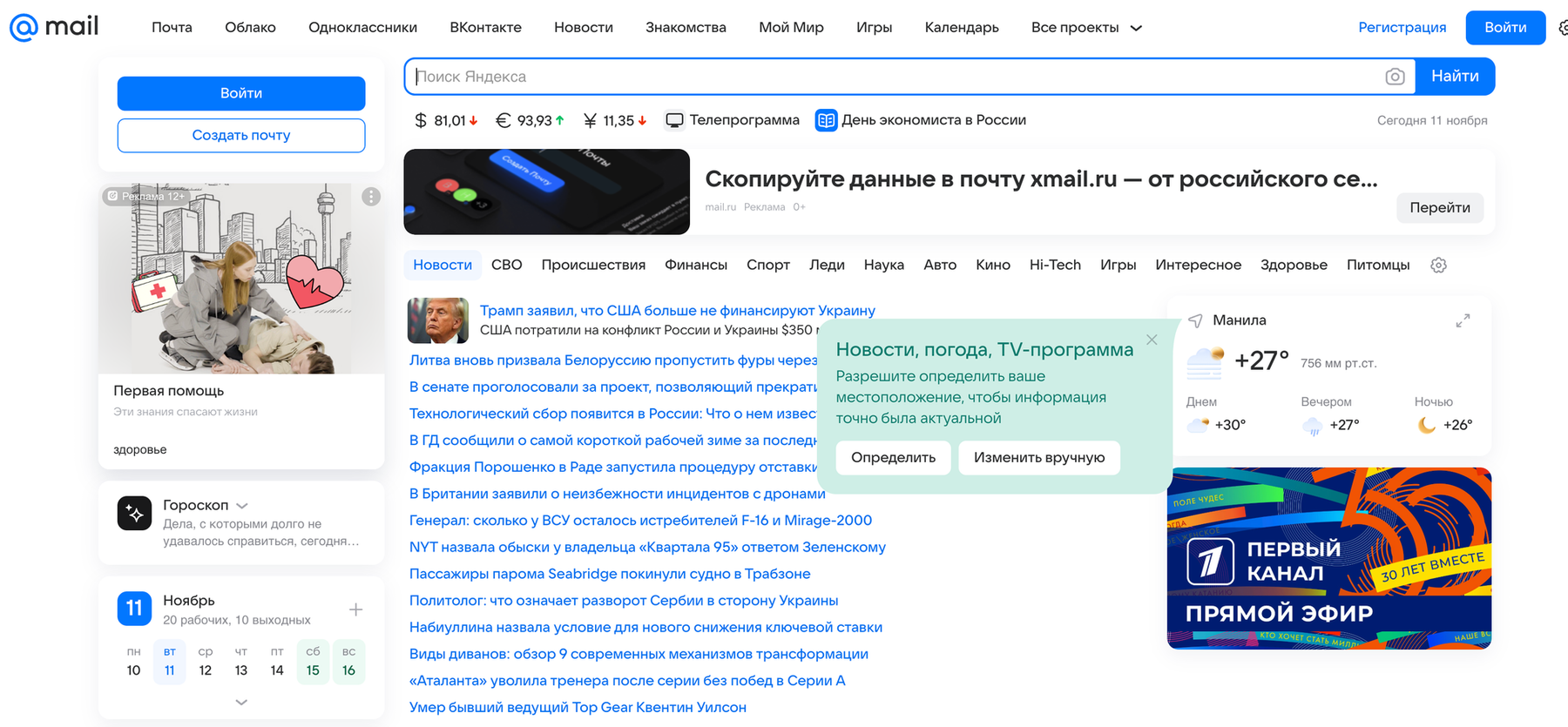
Russia's largest email provider, serving tens of millions of users across Russian-speaking countries. It's part of a larger internet services company and dominates the Russian email market alongside Yandex.
8. Yandex
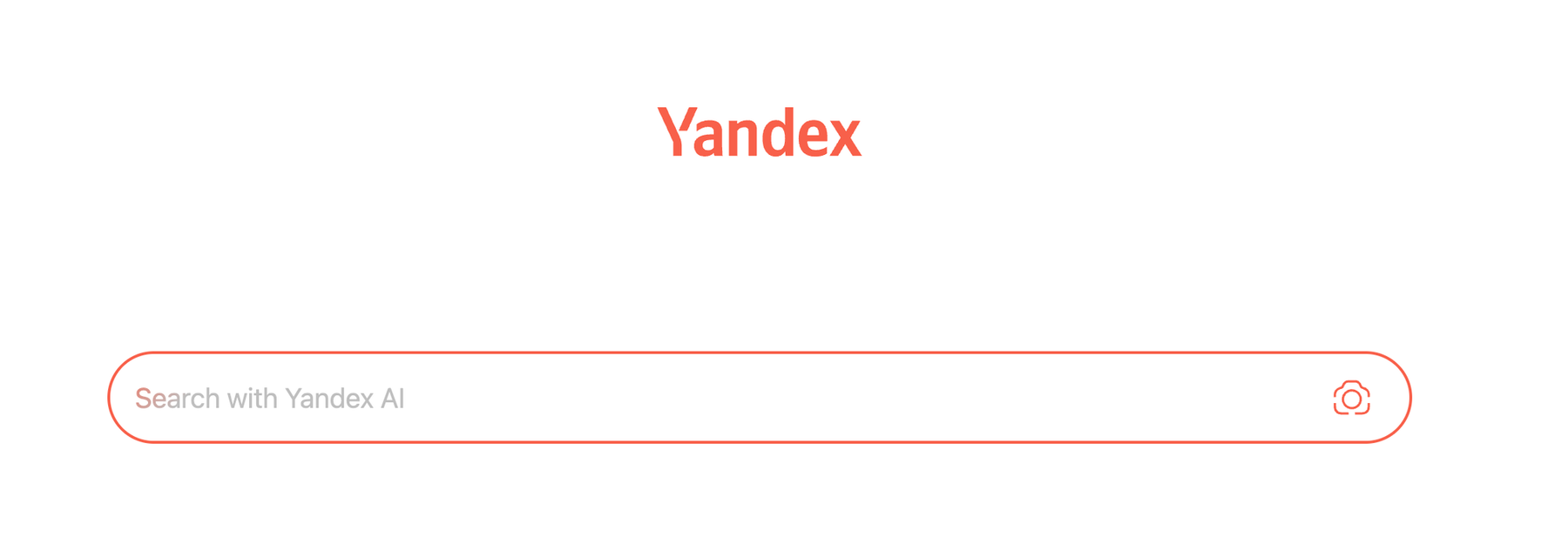
Russia's Google equivalent, offering email as part of a comprehensive suite of internet services. Their email service is known for aggressive spam filtering and is essential for reaching Russian business users.
9. GMX Mail

German-based free email provider popular throughout Europe, offering generous storage and strong privacy protections. Operated by United Internet, it's particularly dominant in German-speaking countries.
10. AOL Mail
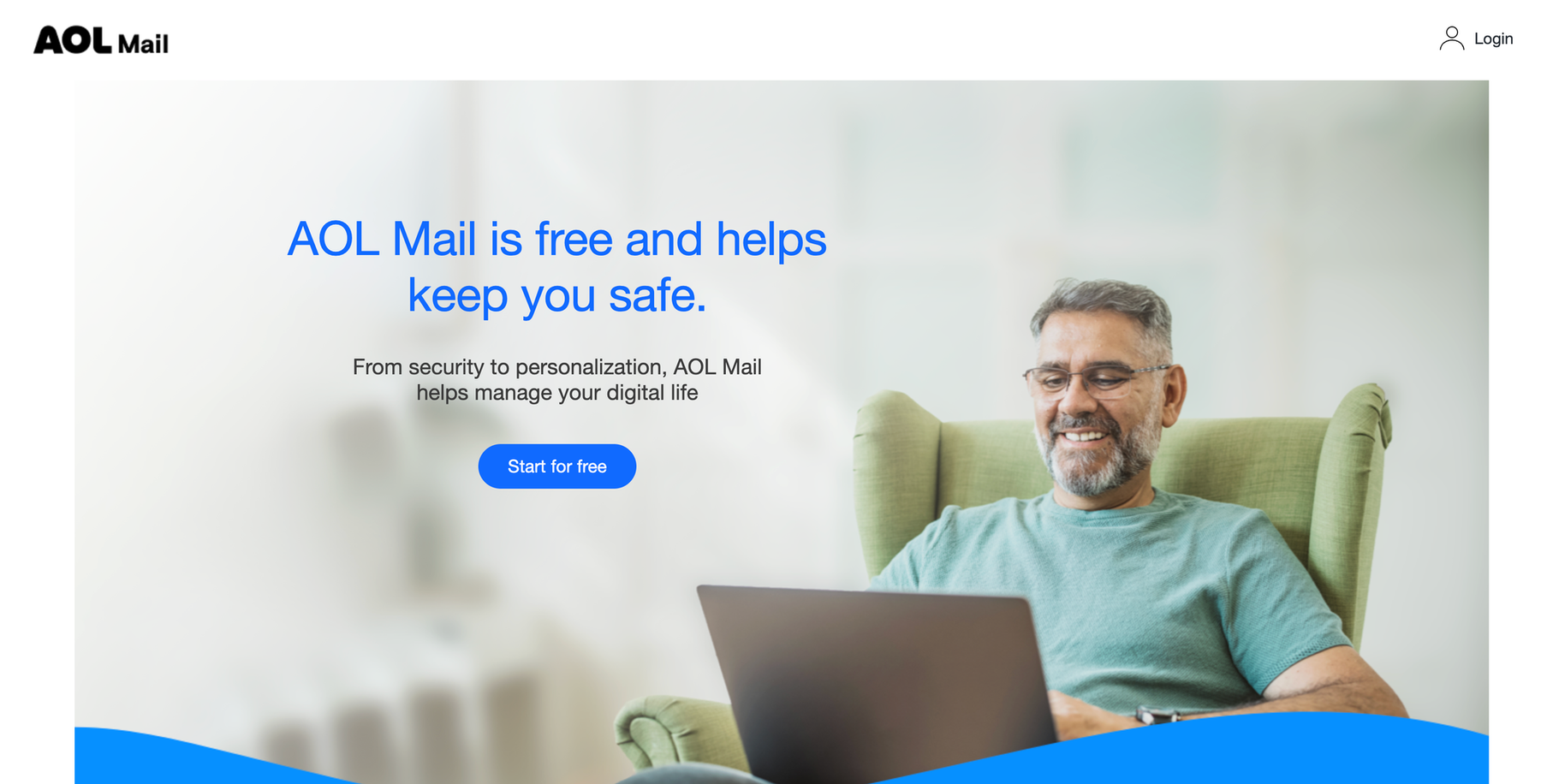
The survivor from the dial-up internet era that still serves millions of loyal users. Despite being overshadowed by newer services, many people maintain their AOL addresses as their primary email.
11. Web.de
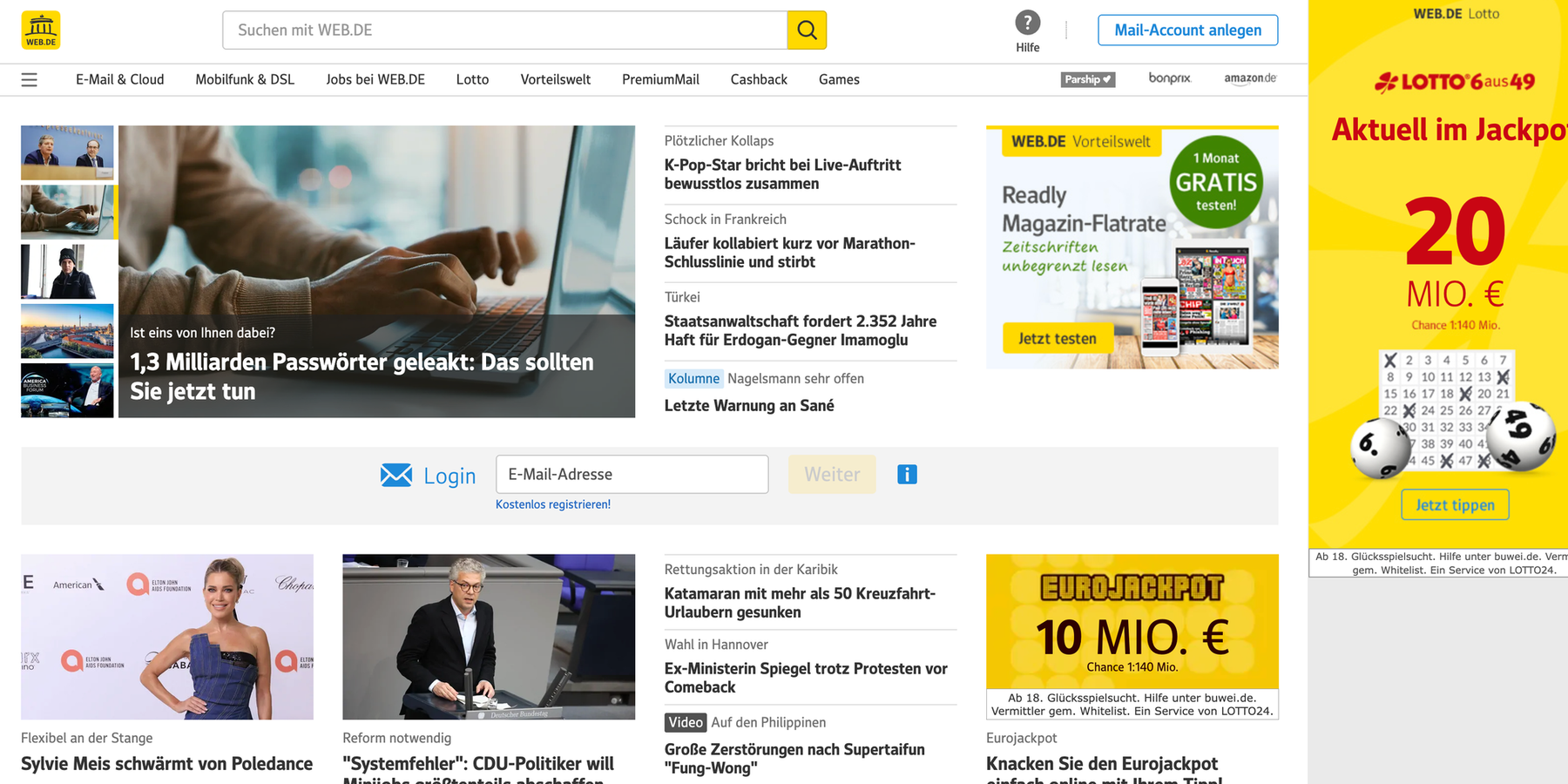
Germany's most popular email service, also operated by United Internet alongside GMX. It's the go-to choice for German users who want a local provider with German-language support.
12. Proofpoint
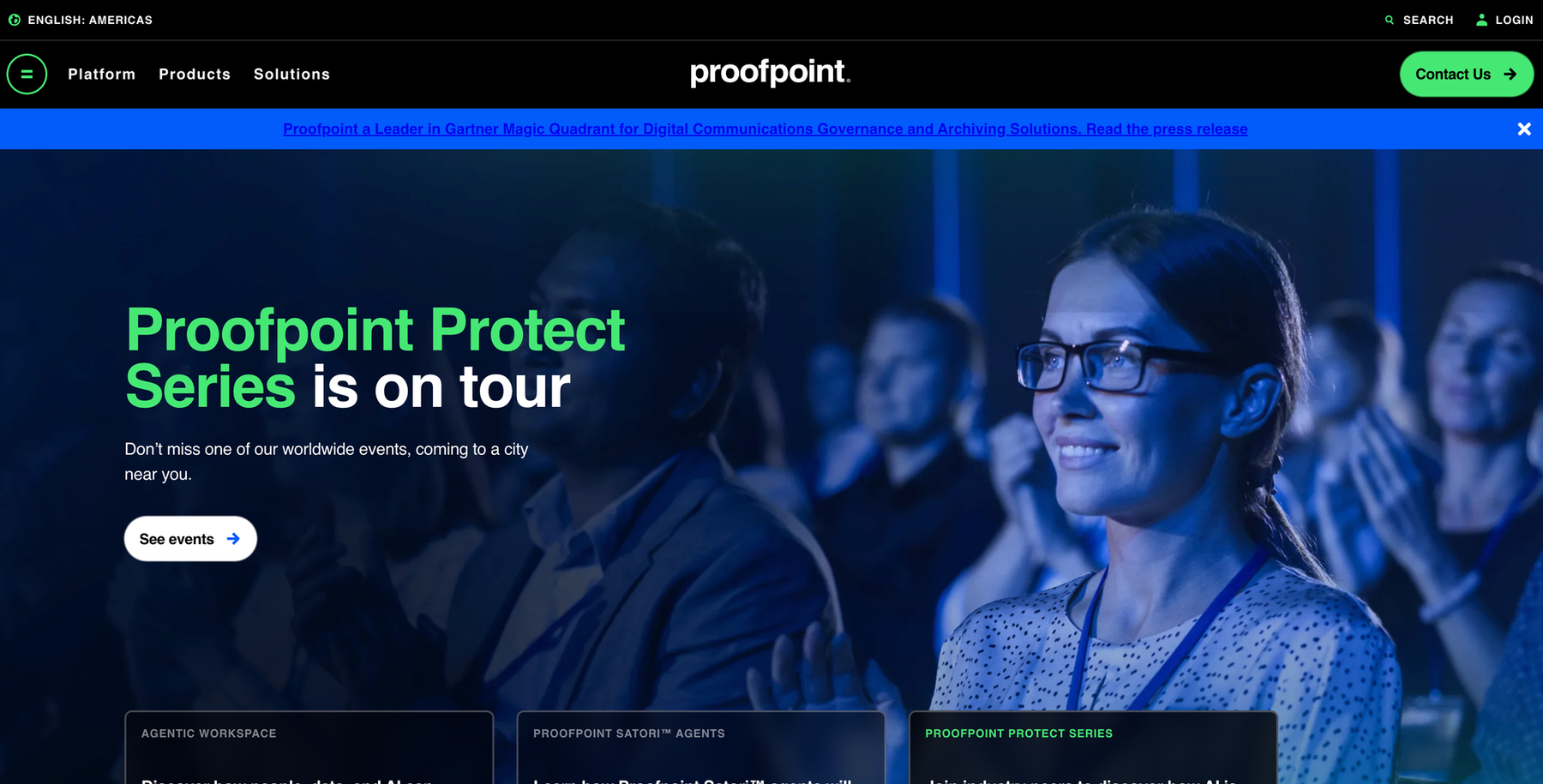
Not an email provider but a security gateway that sits in front of corporate email systems. Companies use it to filter threats, enforce compliance, and protect against phishing attacks before emails reach employee inboxes.
13. Mail.com

Offers users the ability to choose from hundreds of domain names for their email address. It's part of the United Internet family and appeals to users who want a more personalized email identity.
14. Mimecast

Another enterprise email security solution that adds a protection layer before corporate mailboxes. Known for aggressive filtering and comprehensive threat detection that can challenge legitimate email delivery.
15. Cloudflare Email Routing
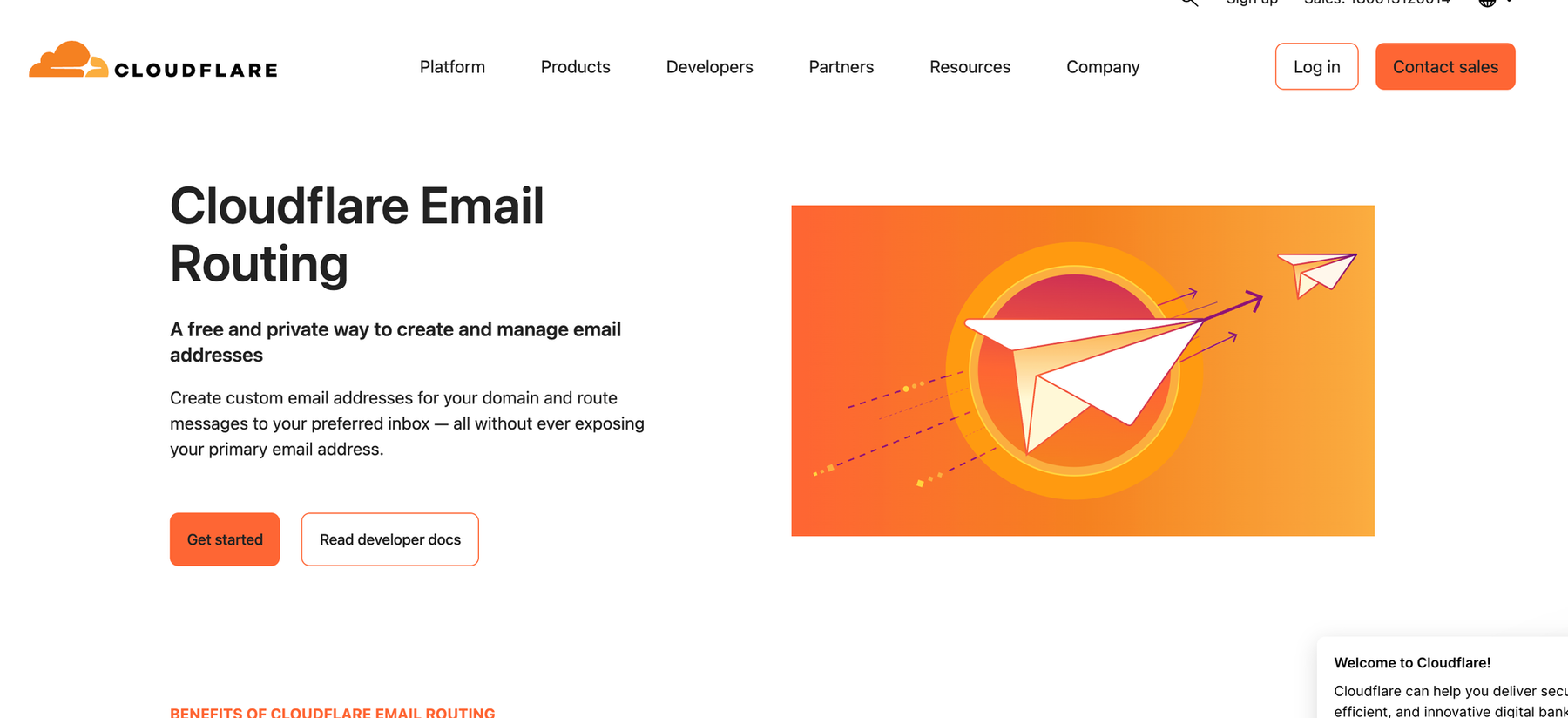
A free email forwarding service that routes emails from custom domains to your existing inbox. Popular among developers and small businesses who want professional addresses without managing separate mailboxes.
16. Zoho Mail

Business-focused email service offering an ad-free experience and productivity integrations. Part of Zoho's larger suite of business applications, making it popular with small- to medium-sized companies.
17. Seznam
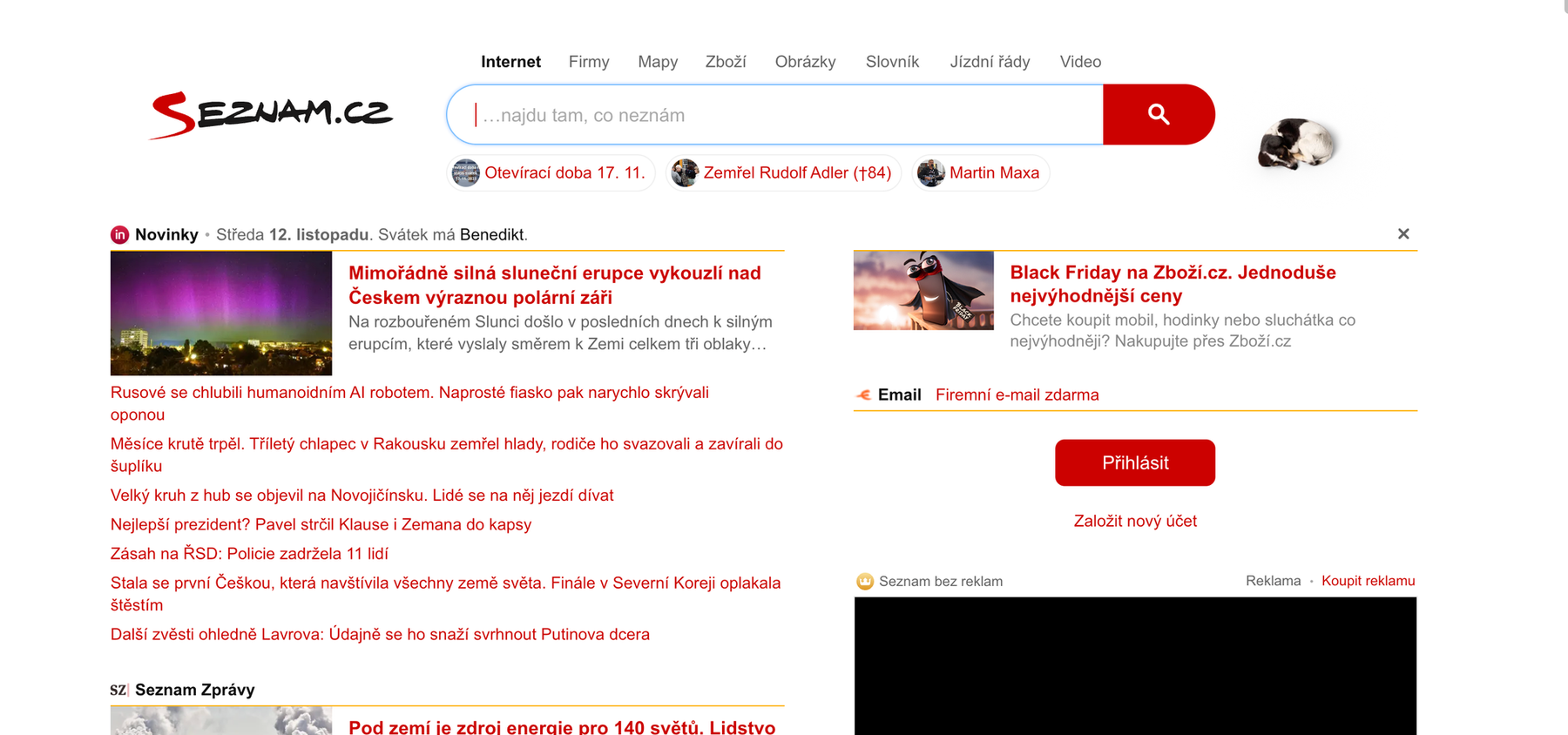
The Czech Republic's homegrown search engine and email provider, serving millions of Czech users. It's a source of national pride and the preferred choice for users who want a local alternative to global giants.
18. IONOS
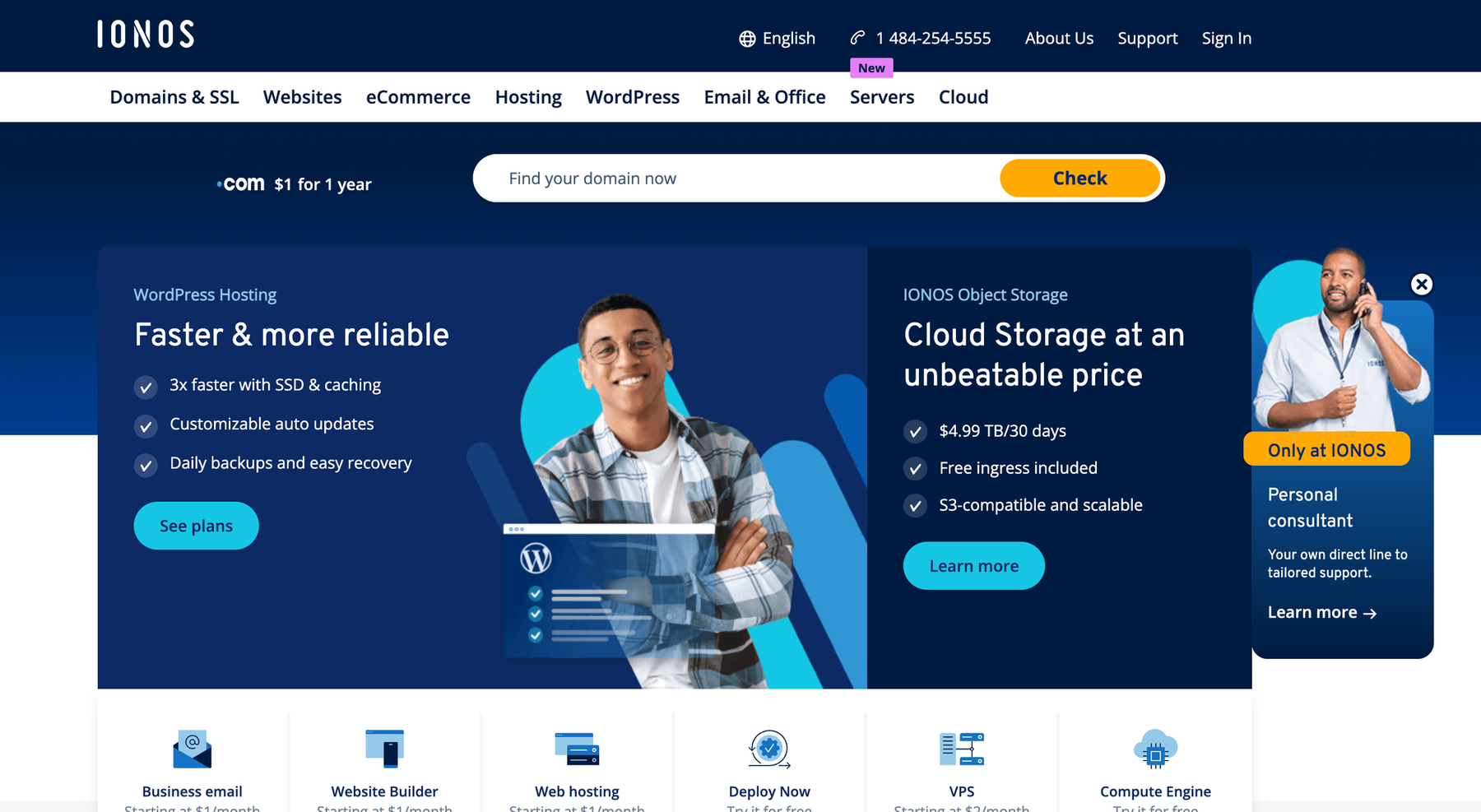
Web hosting company that provides email services to businesses managing their own domains. Formerly known as 1&1, it's one of Europe's largest hosting providers with millions of email accounts.
19. Comcast

American cable and internet provider that gives email addresses to its subscribers. Many customers use these addresses as their primary email despite them being tied to their ISP.
20. Libero Mail
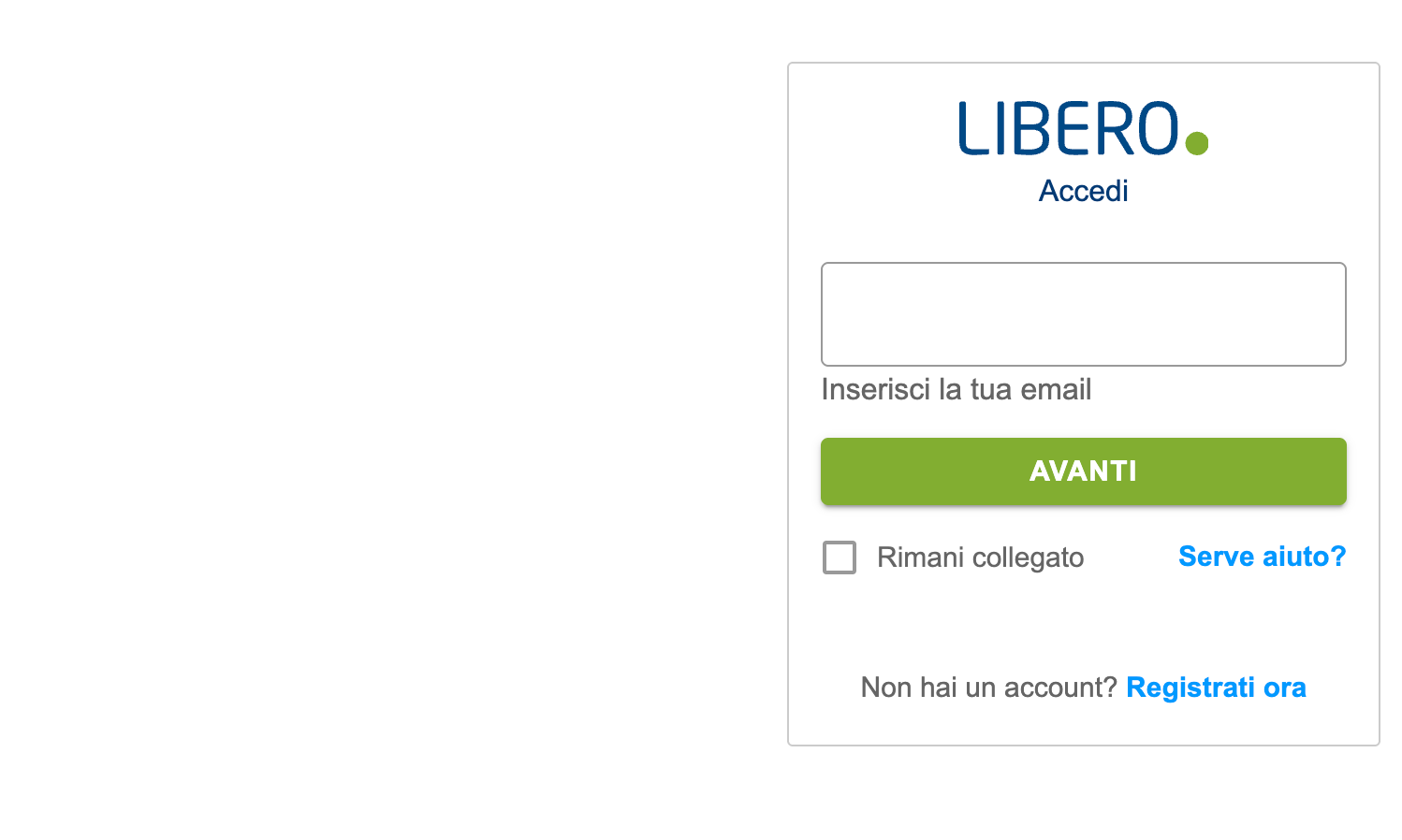
Italy's leading free email service, deeply embedded in Italian internet culture since the 1990s. It remains the first choice for many Italian users despite competition from international providers.
21. T-Online
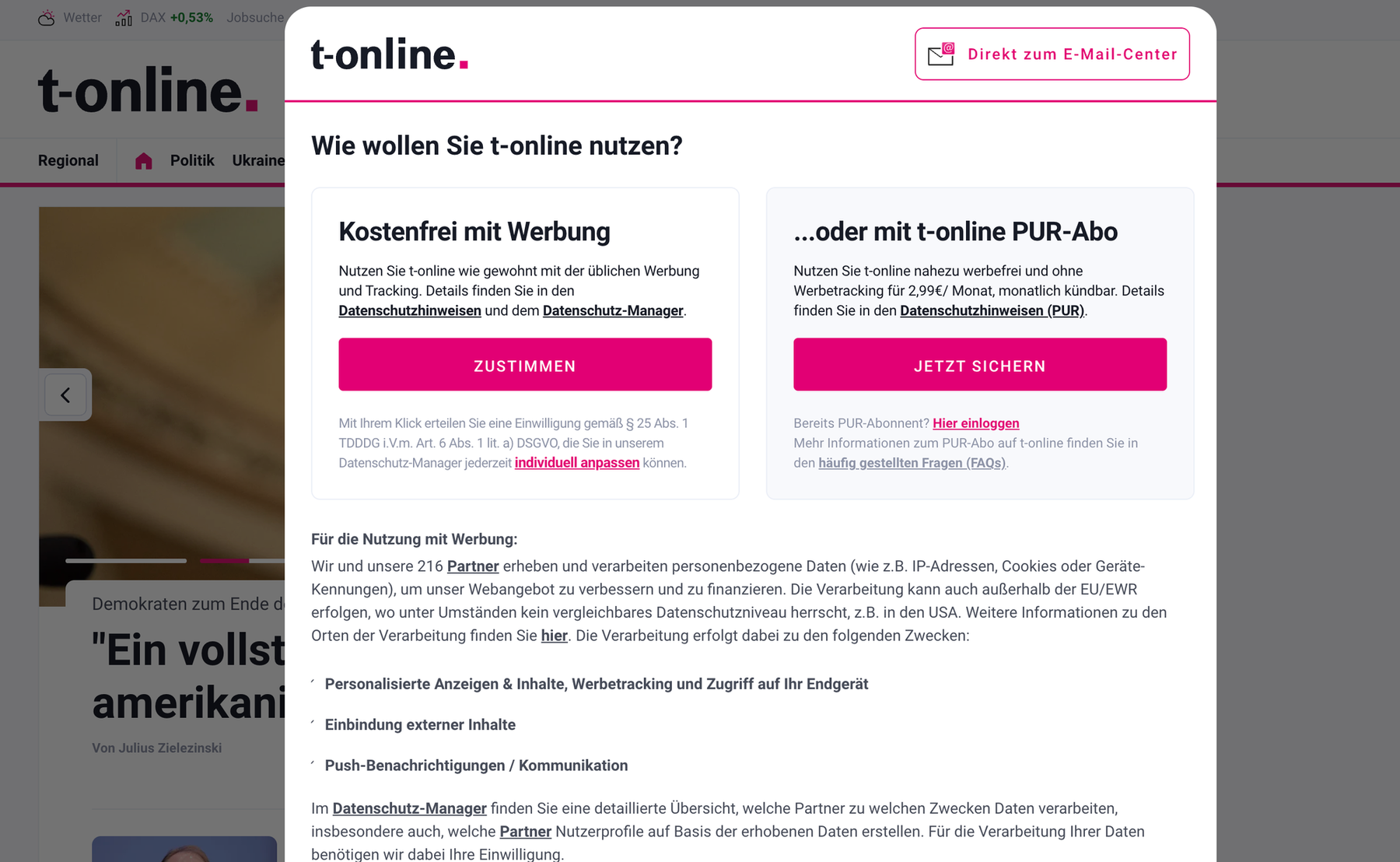
German telecommunications company offering email as part of its internet services. It's one of Germany's most trusted email providers with a strong reputation for reliability.
22. WP.pl
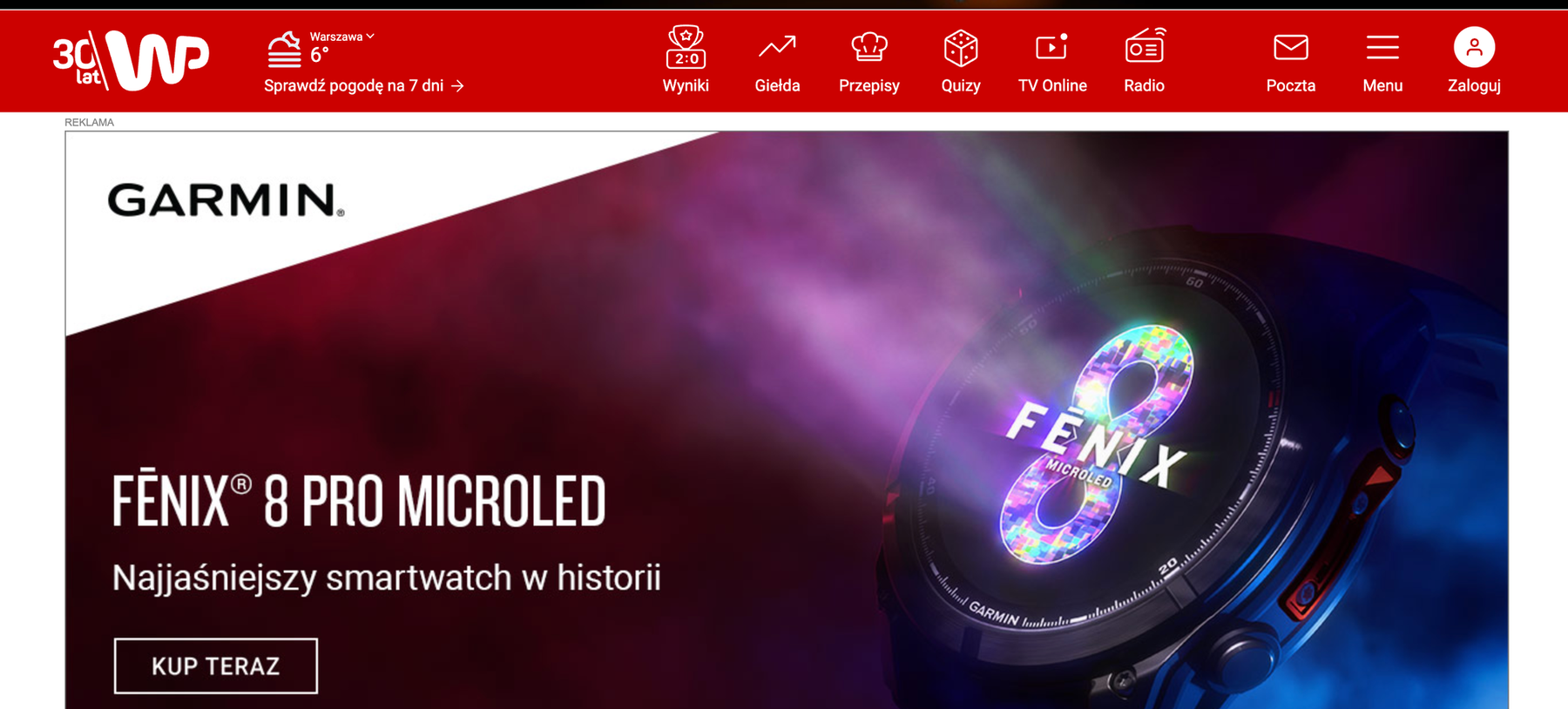
Poland's pioneer web portal and email service, operating since the mid-1990s. It's part of the Polish internet's foundation and maintains a loyal user base despite global competition.
23. Naver Mail
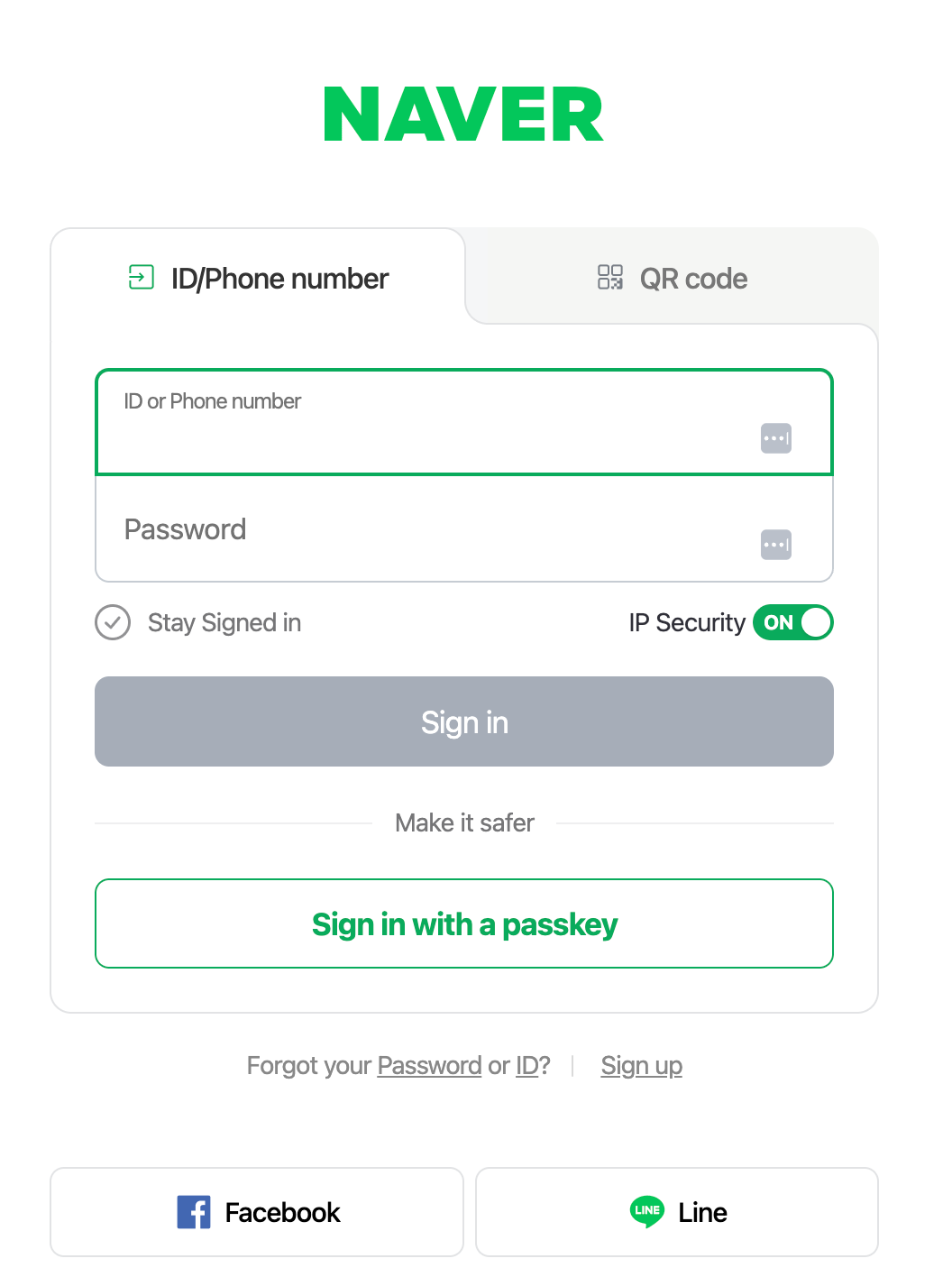
South Korea's dominant search engine and email provider, serving tens of millions of Korean users. It's deeply integrated with Naver's other services and essential for reaching Korean audiences.
24. BT
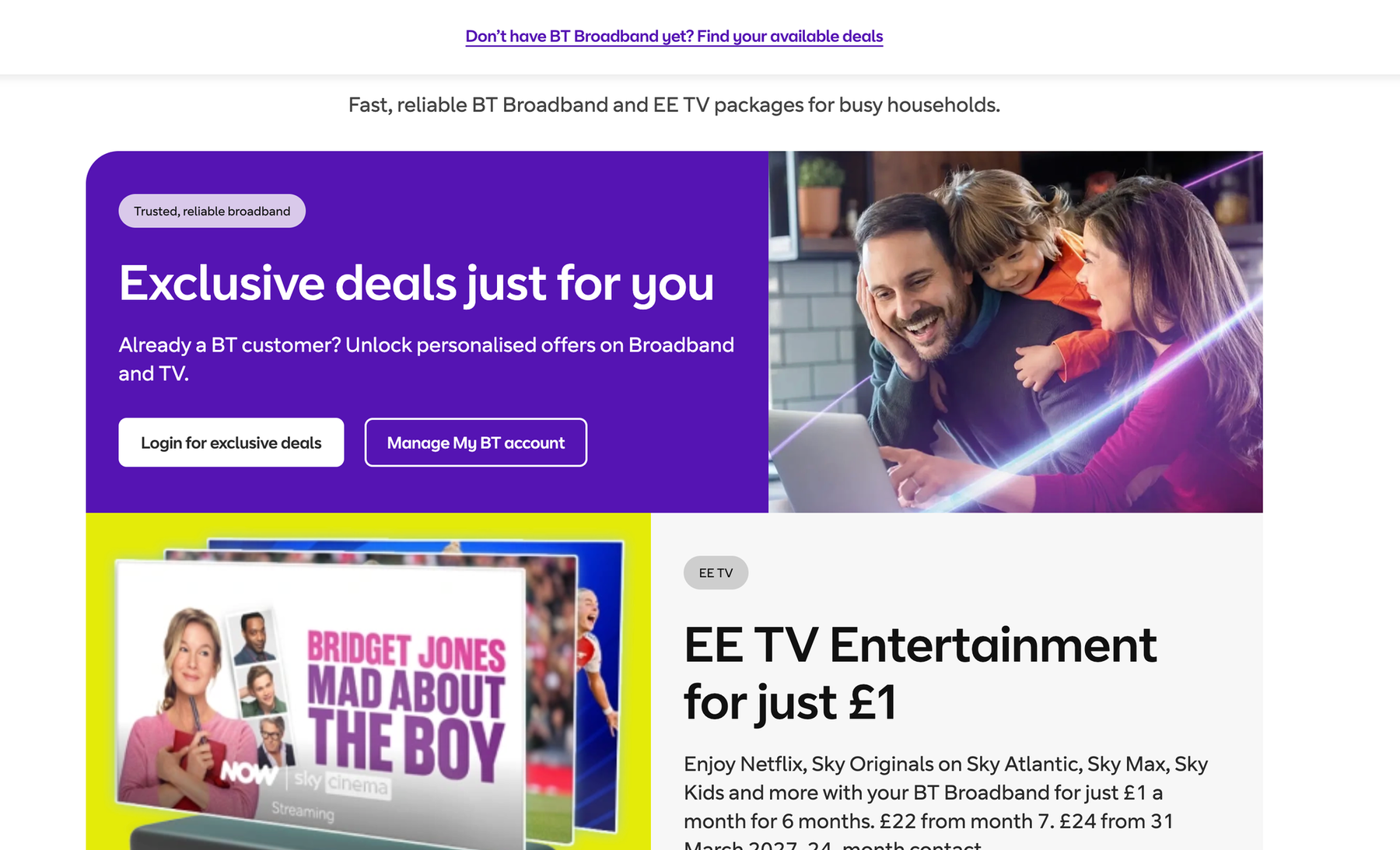
British Telecommunications provides email to its broadband customers across the UK. Many British users have maintained their BT email addresses for years as their primary contact.
25. Maileroo
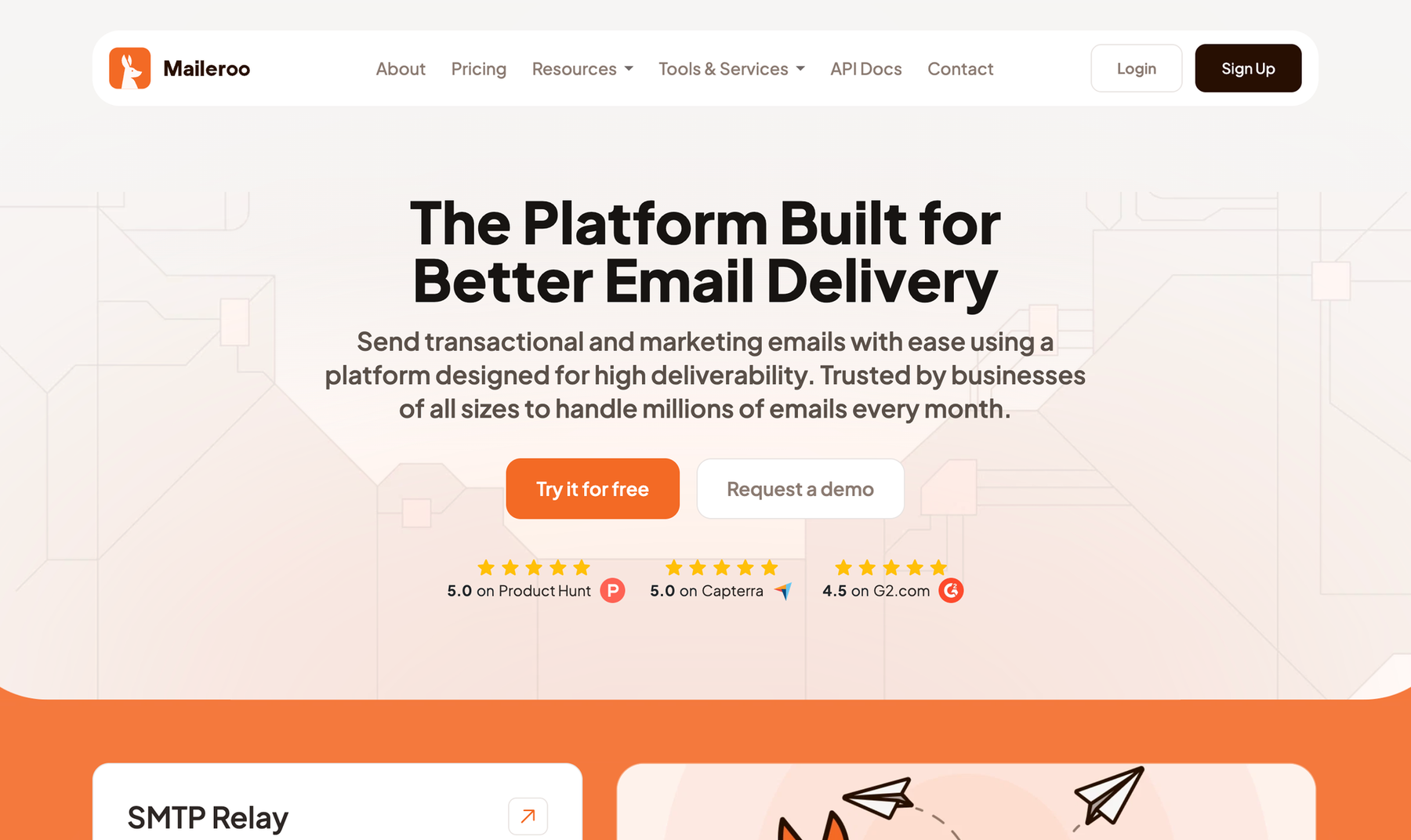
That's us! We also receive emails, creating a feedback loop where some of our customers send to other Maileroo users.
26. Onet
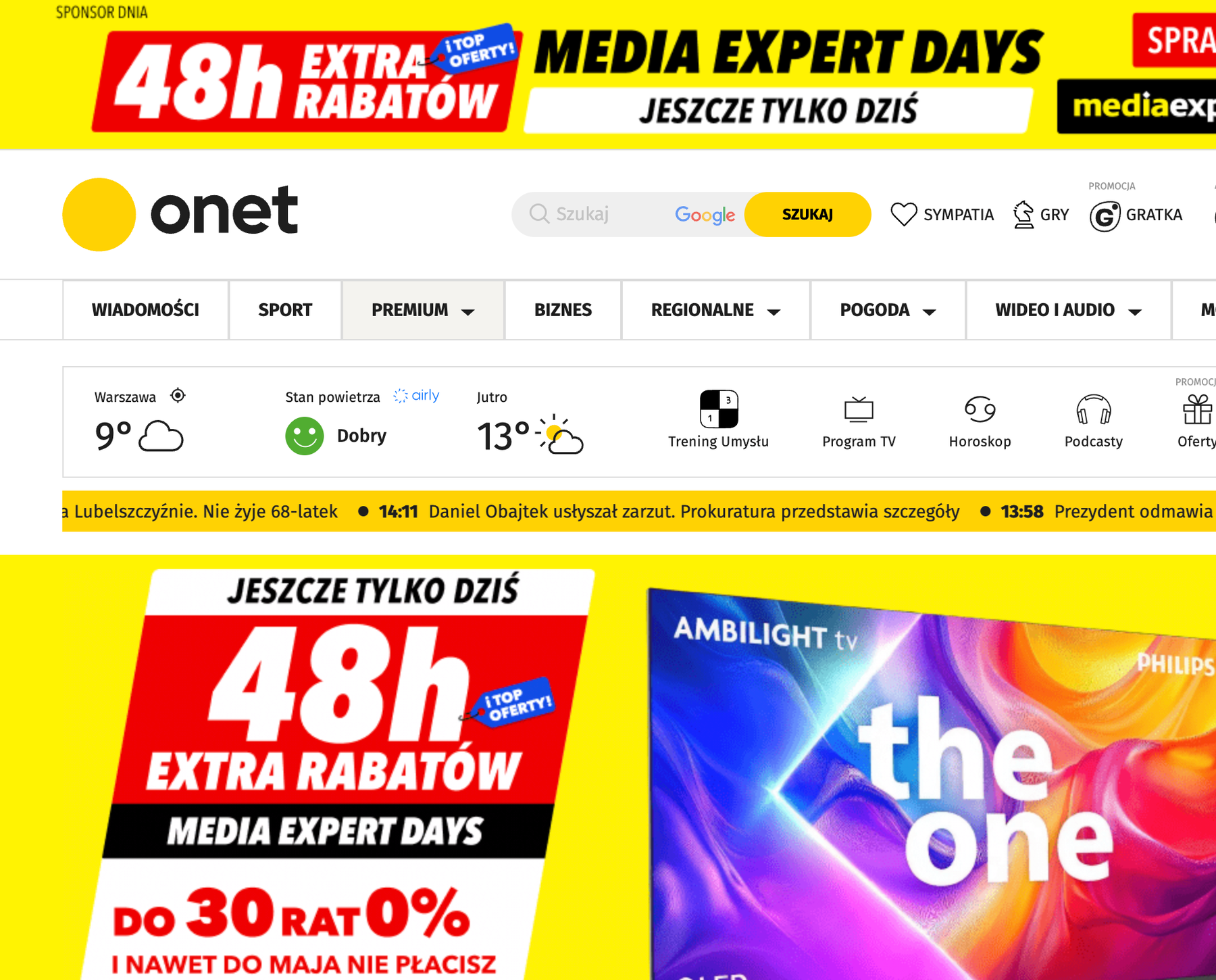
Major Polish web portal offering email services to millions of Polish internet users. It's one of Poland's most visited websites and a household name in Polish digital services.
27. Spark NZ
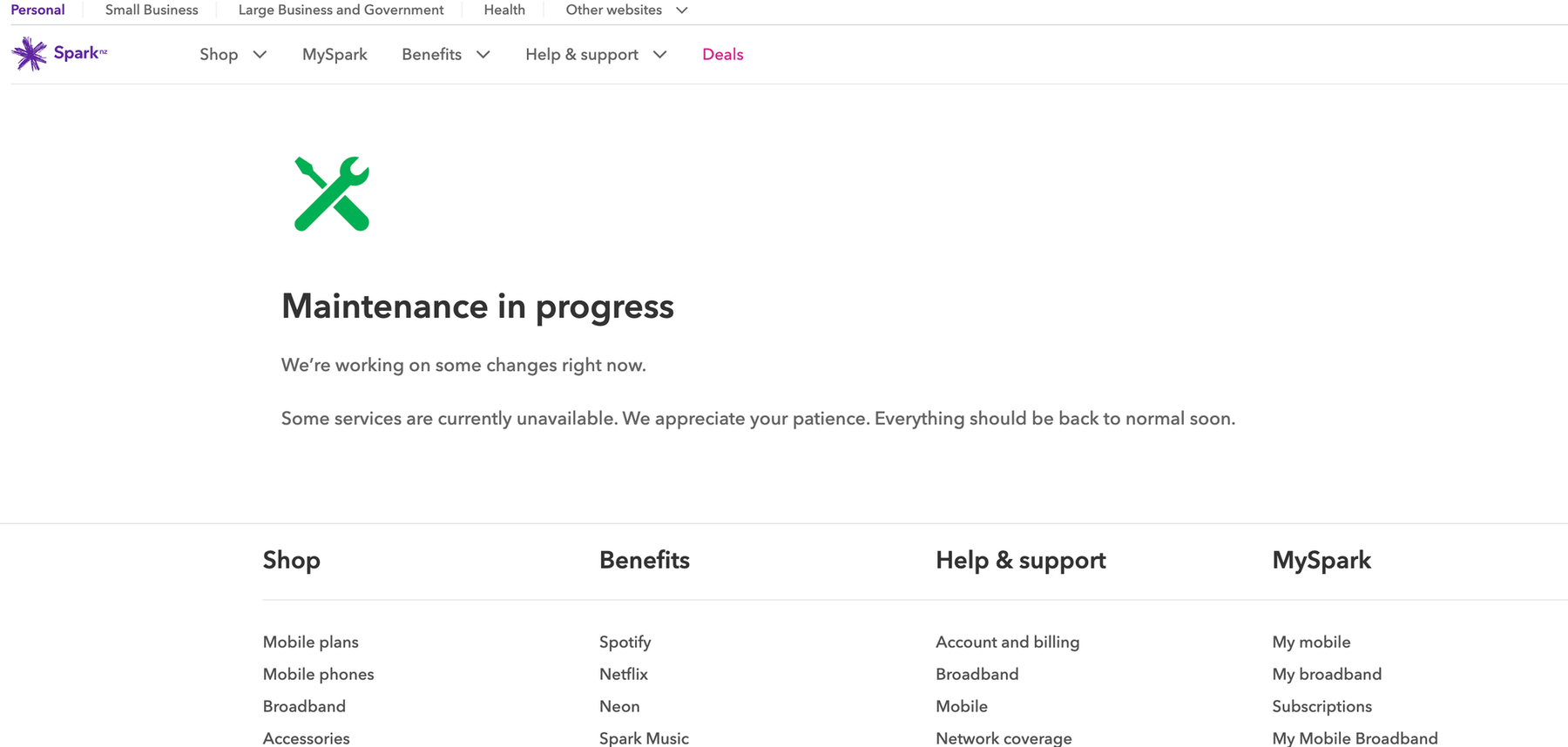
New Zealand's largest telecommunications company providing email to its broadband and mobile customers. It's a trusted local provider for Kiwis who prefer keeping their services with established national companies.
28. Tutanota
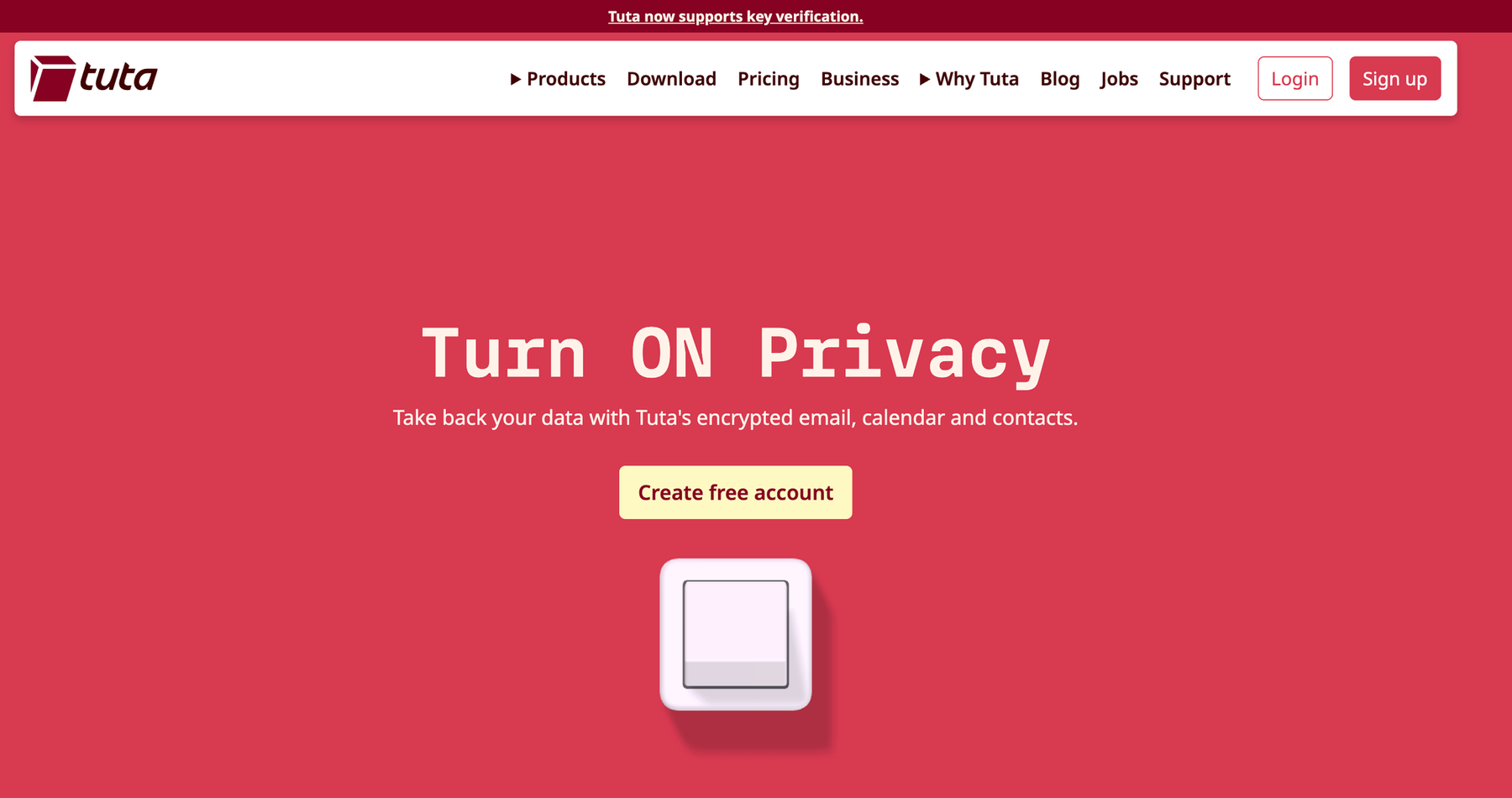
German encrypted email service offering end-to-end encryption and open-source code. Popular among privacy advocates who want transparency and security without compromising usability.
29. Interia

Another major Polish email provider competing with WP.pl and Onet for the Polish market. It's part of a larger media group and offers various internet services beyond email.
30. Tiscali

Italian telecommunications and media companies provide email services across Europe. The company is particularly strong in Italy and the UK, where it serves customers who bundle email services with internet access.
31. Freenet
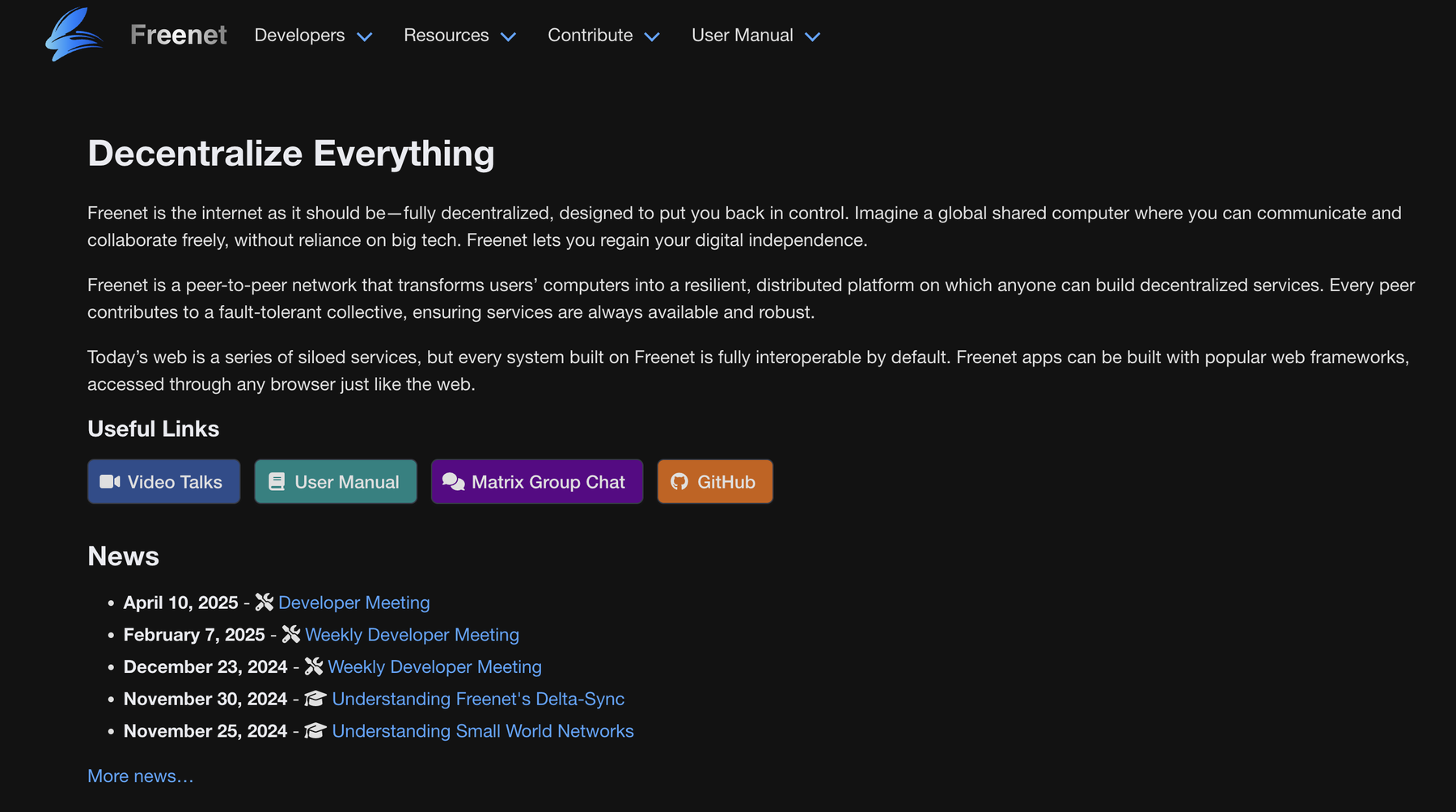
German internet provider offering email addresses to its customers. It's part of Germany's competitive ISP market and maintains a solid user base in German-speaking regions.
32. O2 Mail
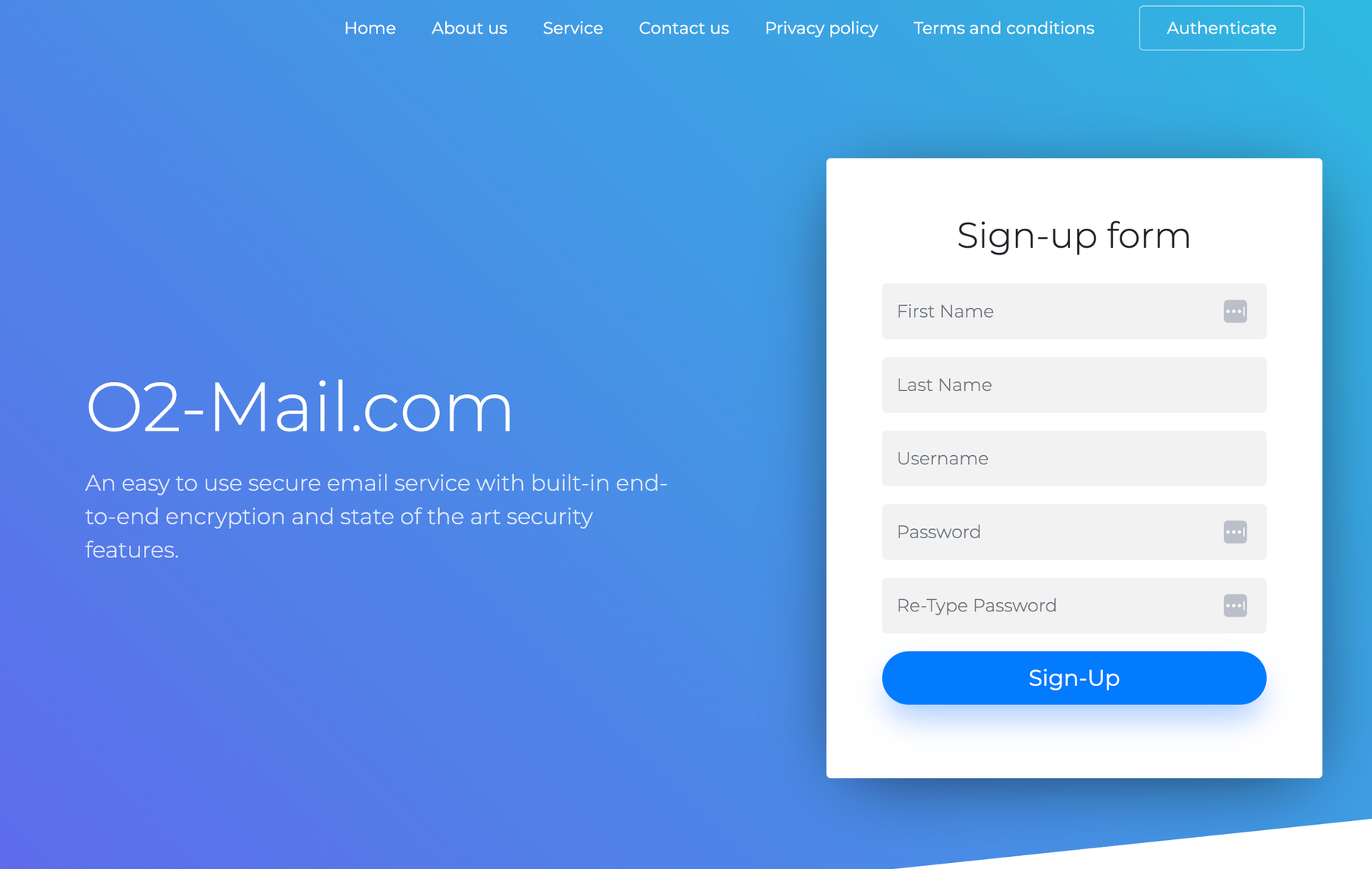
O2 Mail is a telecommunications company that offers email services in several European markets, specifically in the UK and Germany. Many mobile and broadband customers use O2 email as their primary address.
33. Telstra
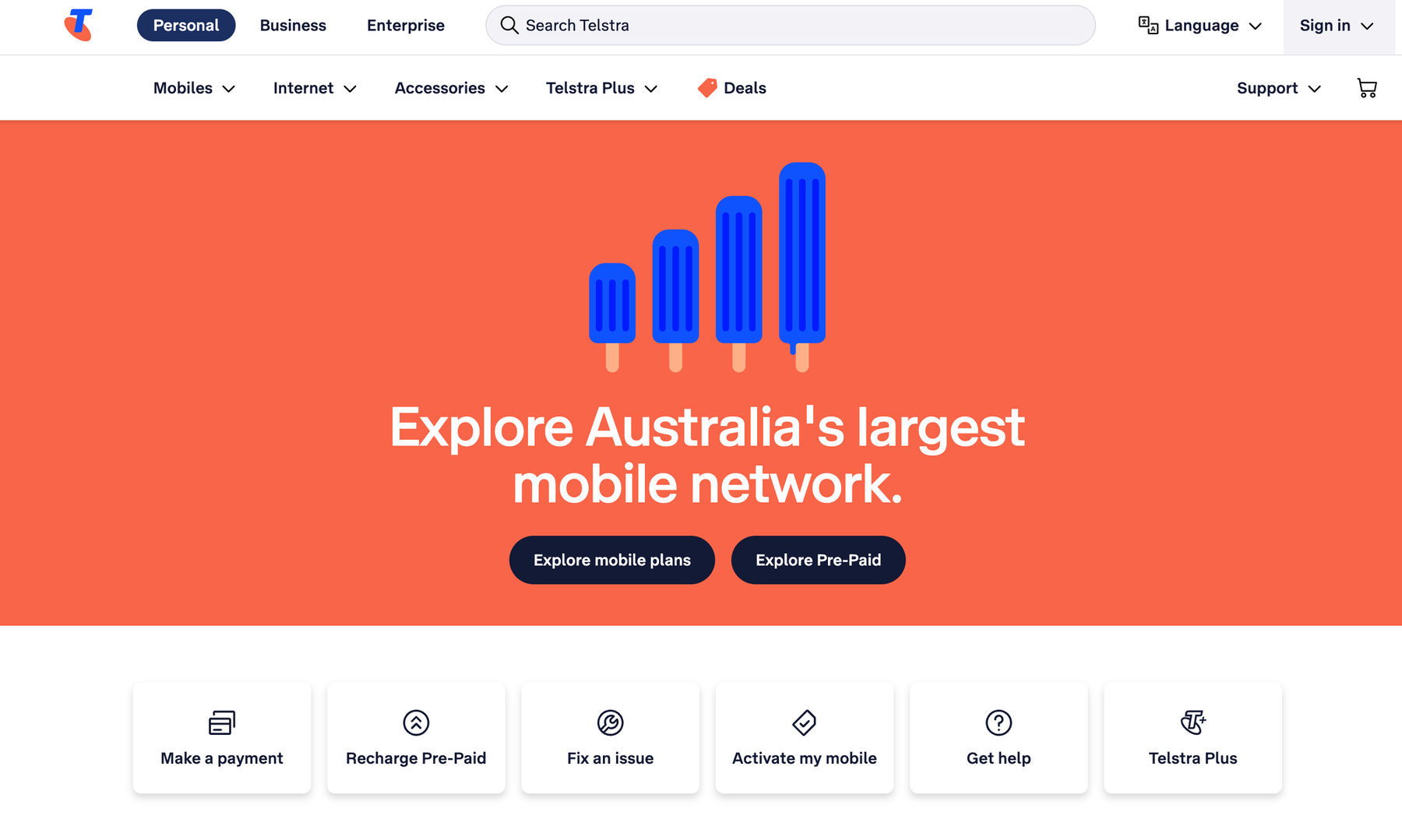
Australia's largest telecommunications company providing email to millions of Australian customers. It's a default choice for many Australians who get email bundled with their internet or mobile service.
34. Rediff Mail
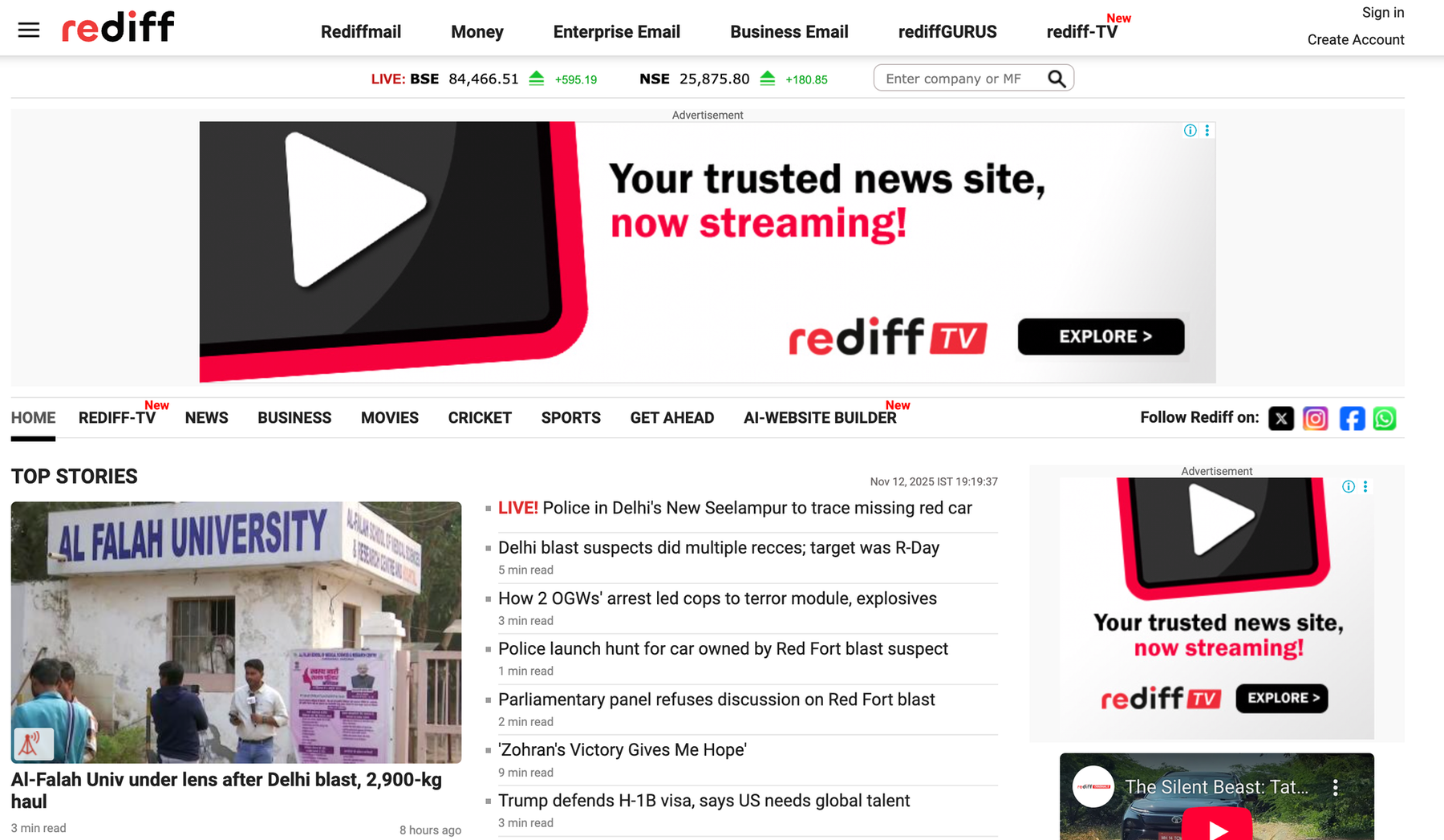
Rediff Mail, one of India's oldest and most established email services, was launched in the late 1990s. It remains popular among Indian users despite competition from global providers.
35. Free
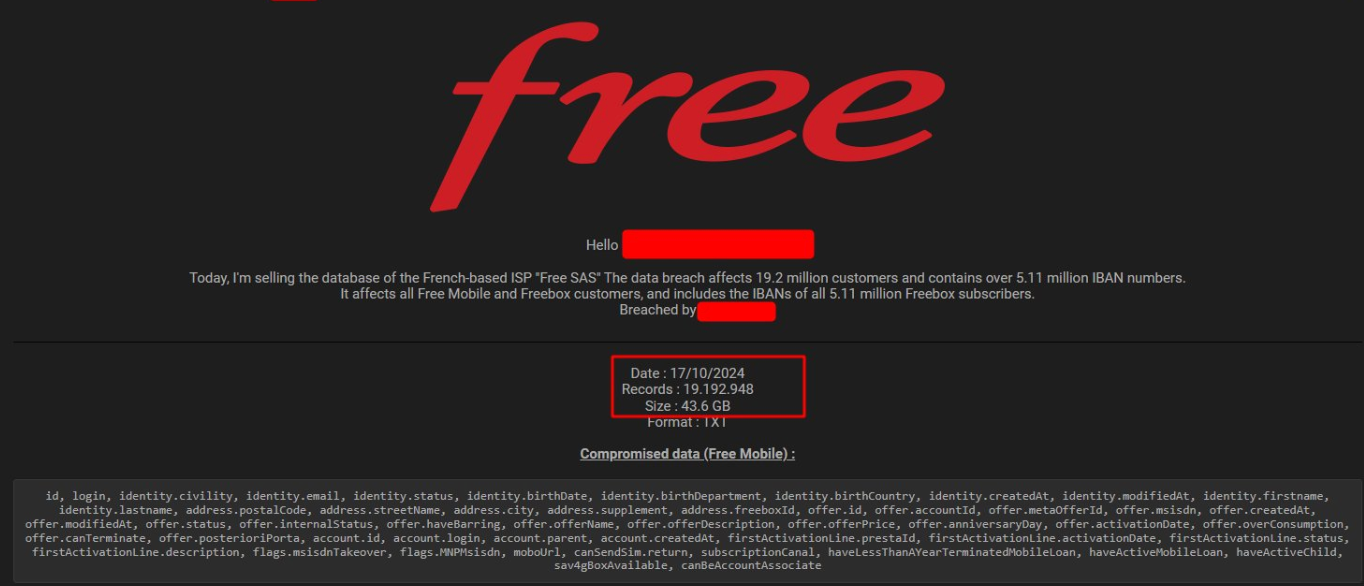
French telecommunications company providing email to its broadband subscribers. It's one of France's major ISPs and many French customers use Free email as their primary address.
36. Vodafone

Global telecommunications giant offering email services in multiple countries. Customers in Europe particularly use Vodafone email addresses tied to their mobile or broadband accounts.
37. FastMail

Australian premium email service beloved by technical users and professionals. Known for speed, reliability, and a no-nonsense approach without ads or tracking.
38. Laposte

France's postal service operates this email platform, giving it unique credibility and trust. French users appreciate having an email service backed by a national institution.
39. Atmail (Email Cloud)
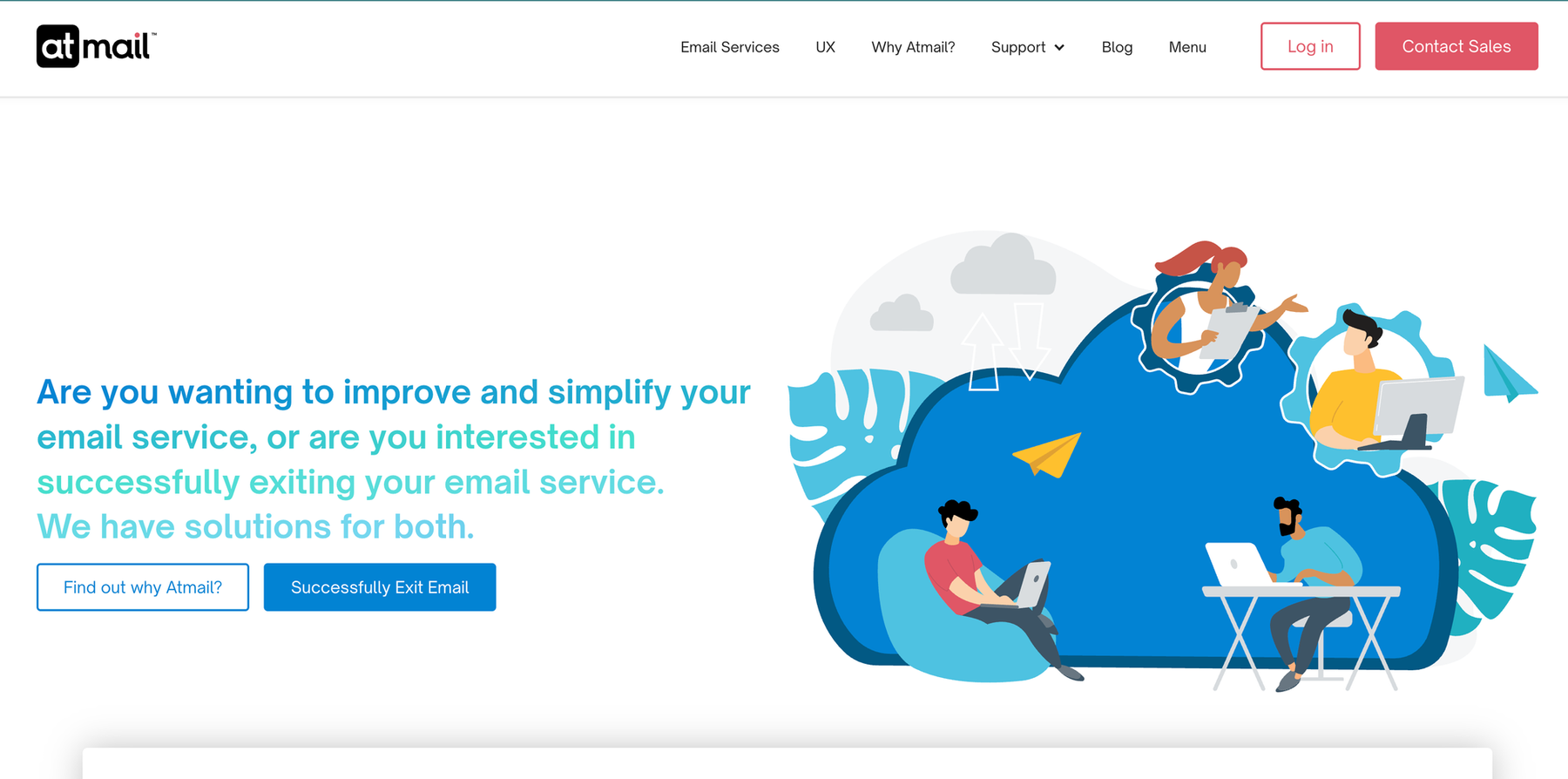
White-label email solution that powers email services for various organizations. You might not recognize the name, but you've probably used a service powered by their platform.
40. Posteo

Berlin-based sustainable email provider emphasizing privacy and environmental responsibility. They accept anonymous payments and minimize data collection while running on green energy.
41. Mailbox.org

German secure email provider offering encryption and privacy-focused features. Popular with European users who want privacy without the complexity of ProtonMail or Tutanota.
42. Atomic Mail
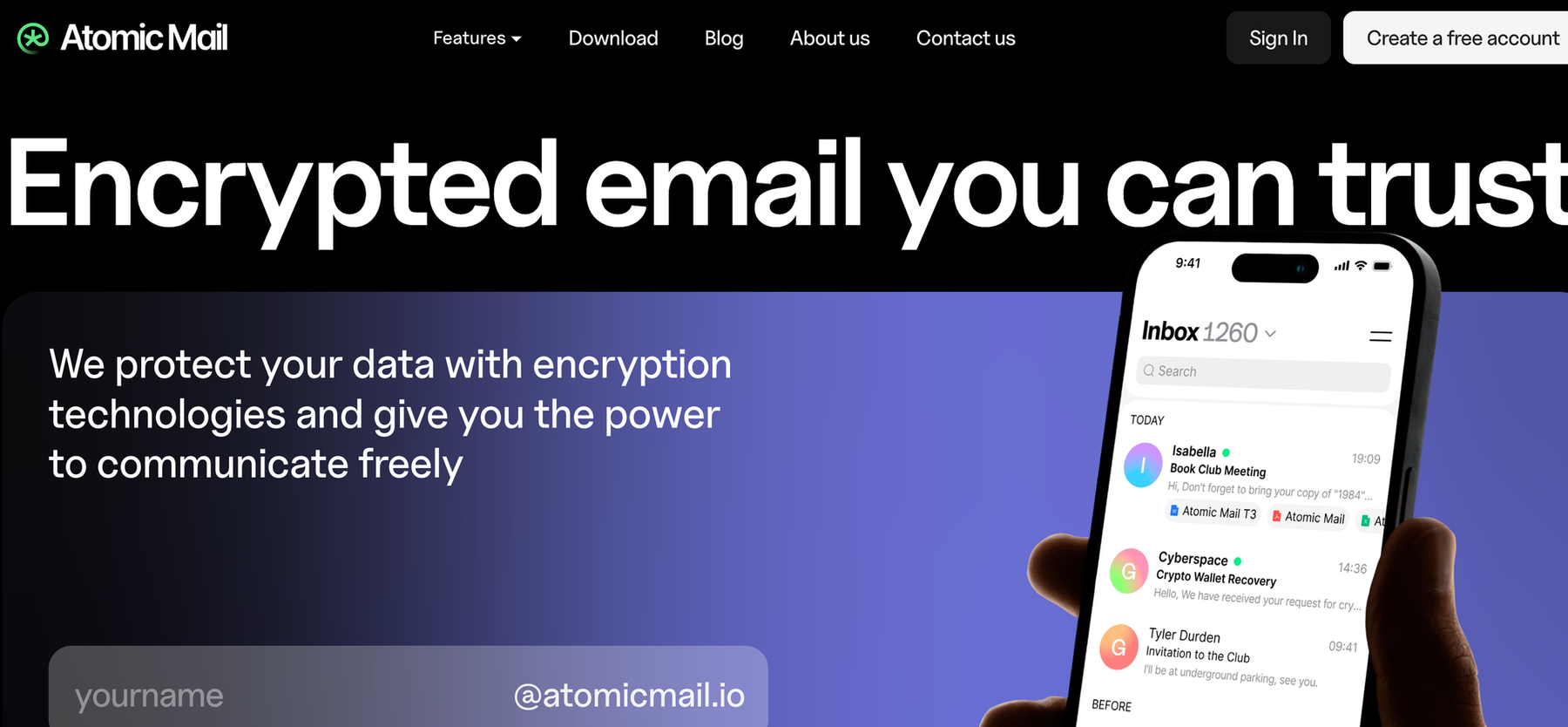
Email service focused on simplicity and clean design for users tired of cluttered interfaces. It's less well-known but maintains a dedicated user base who appreciate its streamlined approach.
43. Jellyfish (Namecheap)
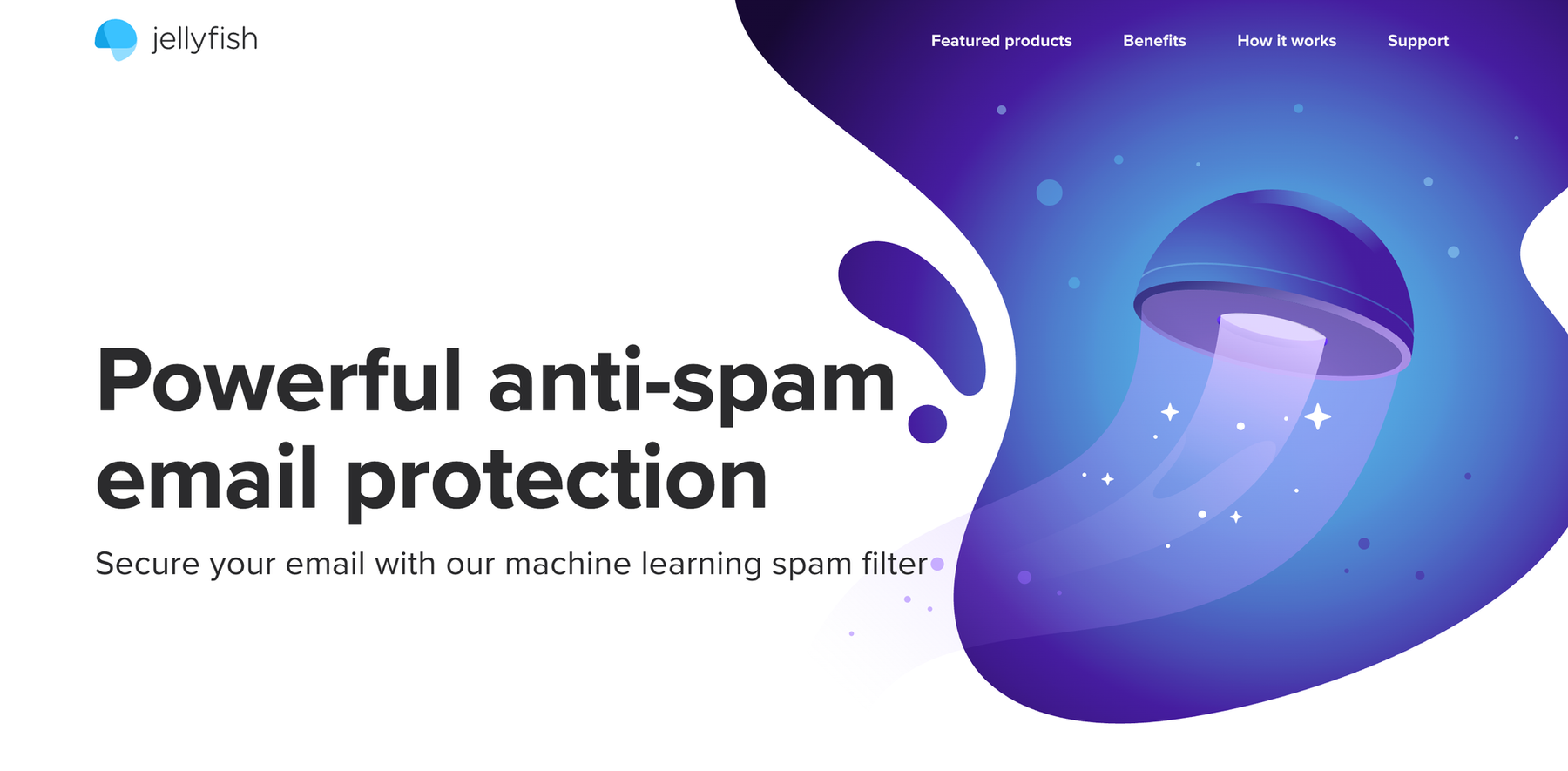
Email hosting service offered by domain registrar Namecheap for customers managing their own domains. It's popular among small businesses and individuals who want professional email addresses.
44. Sapo

Portugal's leading web portal and email service, operating since the 1990s. It's deeply embedded in Portuguese internet culture and remains the first choice for many Portuguese users.
45. ImprovMX

Free email forwarding service that routes emails from custom domains to your existing inbox. Developers and side-project creators love it for quickly setting up professional email addresses.
46. MXRoute

Budget-friendly email hosting for power users who need reliable infrastructure without enterprise pricing. It's popular in developer communities for its straightforward approach and generous limits.
47. Mailinator
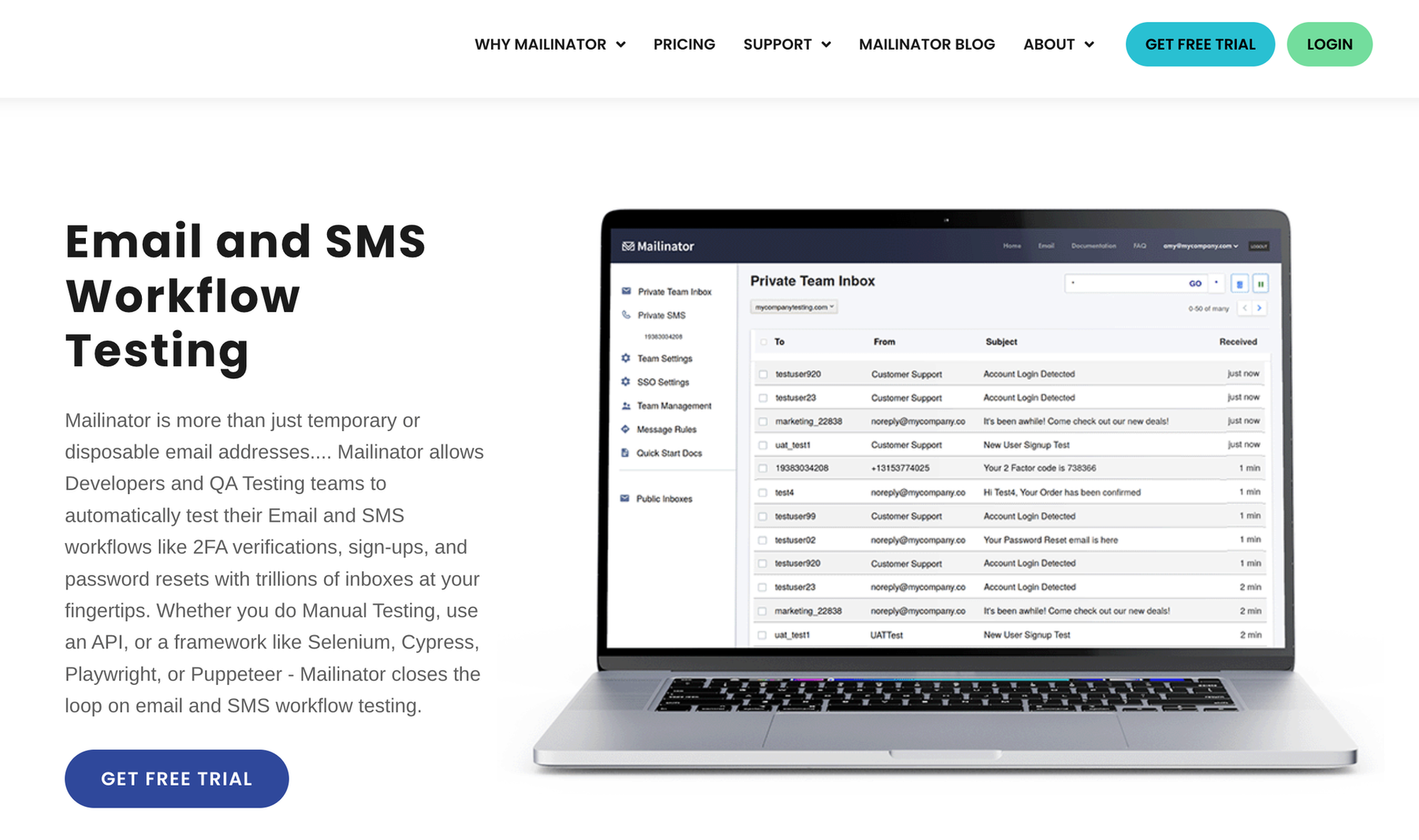
Disposable email service used for testing, temporary signups, and avoiding spam. Developers use it extensively for testing email functionality without creating real accounts.
48. HEY
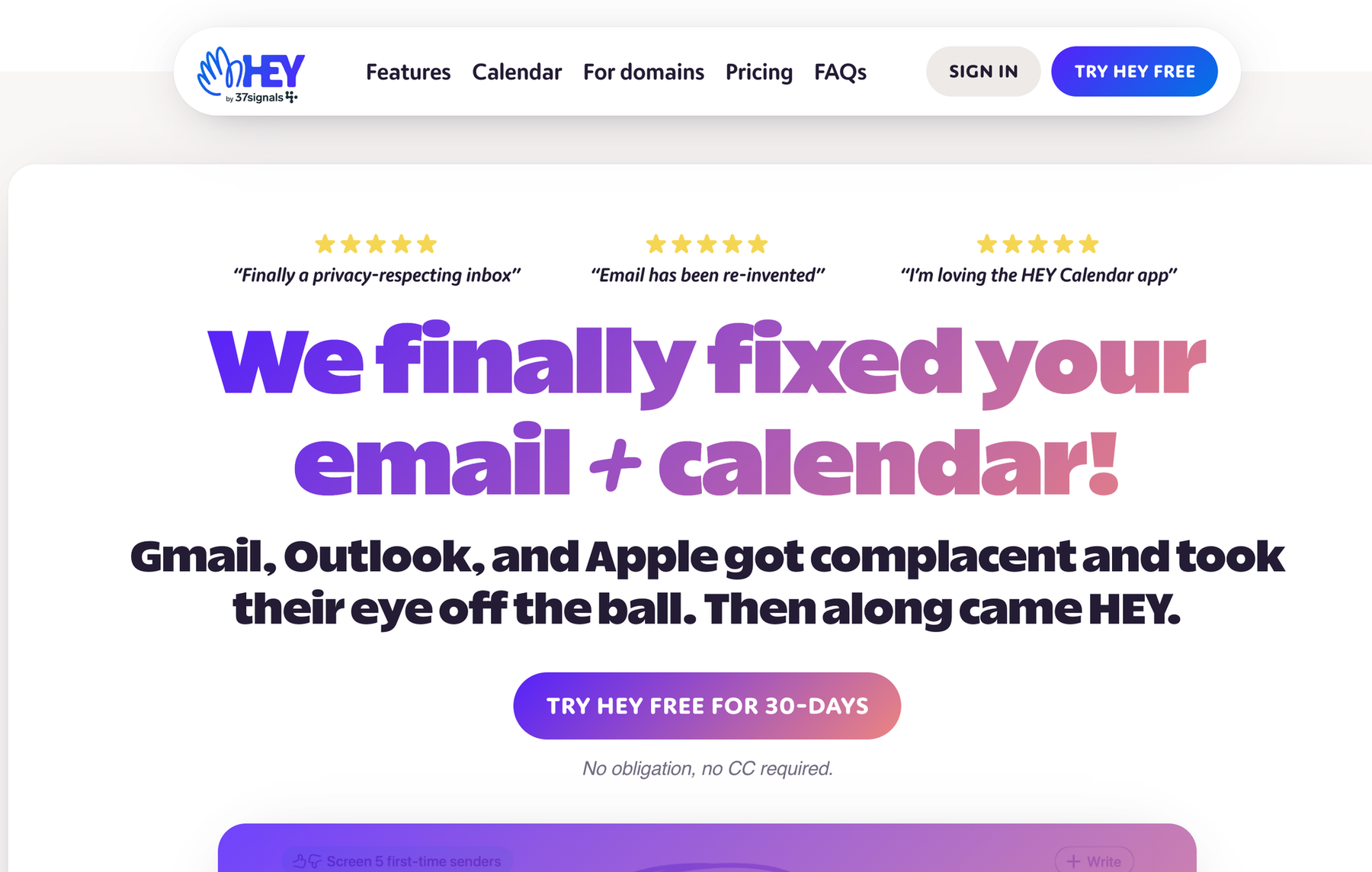
Modern email service from Basecamp founders that reimagines how email should work. It launched in 2020 with controversial features like screening new senders and bundling newsletters separately.
49. Runbox

Norwegian email service emphasizing privacy, sustainability, and ethical business practices. It's been operating since 1999 and maintains a loyal following among privacy-conscious Scandinavian users.
50. StartMail
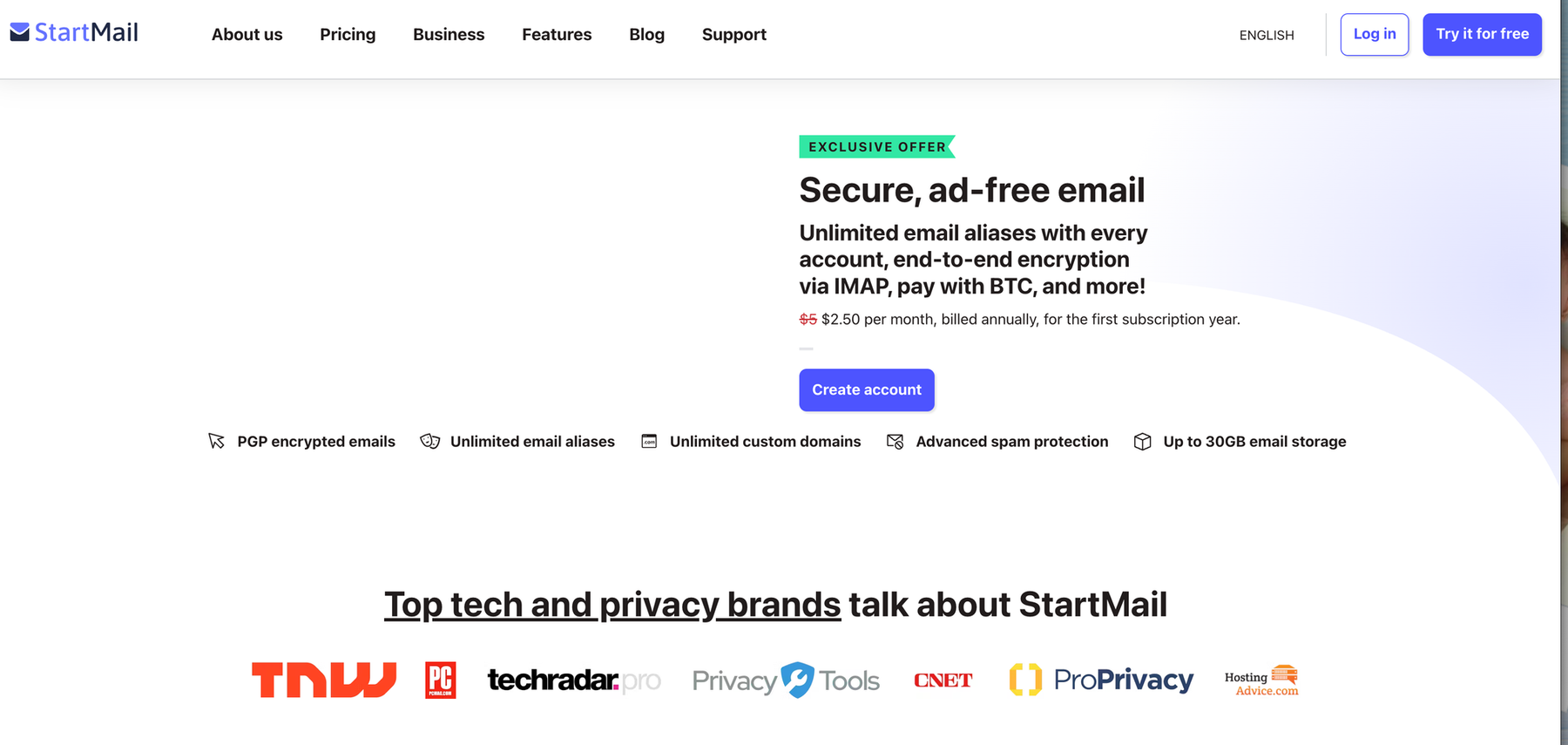
Privacy-focused email from the creators of the StartPage search engine. It offers temporary email addresses and encryption features for users who want privacy without technical complexity.
The Big Two Still Dominate
Google and Microsoft are at the top of our list, which shouldn't surprise anyone. These two companies handle most of the world's email. On one side, there's Gmail and Workspace for Google, and on the other side, there's Outlook and Microsoft 365.
If you use Maileroo to send transactional emails, newsletters, or anything else, there's a good chance that a lot of them end up in one of these two ecosystems.
You might not think this issue is important, but it is. Google and Microsoft both have their own rules, ways to filter out spam, and ways to find spam. If you want these providers to send you your emails, you have to follow their rules.
They are constantly changing how they check incoming mail, which is why sender reputation and proper authentication are so important.
Asia Represents Strong
If you live in North America or Europe, you might be surprised that QQ Mail came in third, but when you look at the numbers, it makes perfect sense. Tencent runs QQ Mail, which has hundreds of millions of users in China. It's not just big; it's huge.
Naver Mail from South Korea came in at number 23 on the list. These Asian companies show us that email isn't just a thing in the West. The internet is used by people from many cultures and languages. You need to think beyond Gmail and Outlook if you have customers from other countries.
Privacy-Focused Providers Are Growing
ProtonMail is in sixth place, which is important because it indicates that people care about privacy. ProtonMail prioritizes user data security and provides end-to-end encryption. This high ranking in our data shows that more and more people are choosing safety over convenience.
Our list also includes Tutanota, Posteo, Mailbox.org, StartMail, and Runbox. These companies all have one thing in common: they put user privacy first and often don't use the usual advertising-based business model that pays for free email services. Some users are starting to think differently about their digital correspondence because of their presence here.
Yahoo and AOL Still Have Users
Yahoo Mail sits at number four, and AOL Mail comes in at ten. Some people assume these providers are relics from the early internet days, but the data says otherwise. Millions of people still use these addresses as their primary email.
Here's the thing about Yahoo and AOL: they've been through multiple ownership changes and technical transformations. Verizon owned them for a while, then Apollo Global Management took over.
Despite this corporate shuffling, the user bases remained loyal. Many people have had the same Yahoo or AOL address for twenty years and see no reason to switch.
Apple's Ecosystem Effect
iCloud lands at number five on our list. This shouldn't surprise anyone familiar with Apple's ecosystem. When you buy an iPhone, iPad, or Mac, you get an iCloud email address. Many Apple users adopt it as their primary address, especially if they're already invested in the ecosystem with iCloud storage, Photos, and other services.
Apple handles email differently than many providers. They're strict about filtering, they prioritize user privacy, and they don't play well with certain email practices that work fine elsewhere. If a significant portion of your audience uses iCloud addresses, you need to pay attention to Apple's specific requirements.
Email Routing and Forwarding Services
Cloudflare Email Routing, ImprovMX, and Jellyfish (Namecheap) represent a different category entirely. These services handle email forwarding and routing rather than providing traditional mailboxes. People use them to manage multiple domains, forward emails to their primary address, or set up professional-looking addresses without maintaining separate accounts.
These services add complexity to email delivery because you're not actually reaching the end mailbox—you're hitting a relay that forwards to somewhere else. Your email needs to pass muster with both the routing service and the final destination.
Business Email Providers
Zoho Mail, FastMail, and MXRoute cater to business users and power users who want more control than free providers offer. These services typically charge subscription fees and provide features like custom domains, better storage, and customer support.
FastMail in particular has built a devoted following among technical users who want email that just works without ads, tracking, or algorithmic filtering. MXRoute appeals to developers and system administrators who need reliable email infrastructure without breaking the bank.
Temporary and Testing Email
Mailinator showing up on the list is interesting. It's a disposable email service that people use for testing, signing up for services they don't trust, or avoiding spam. The fact that enough people send emails to Mailinator addresses for it to make this list tells us something about how people manage their online identities.
Developers also use Mailinator for testing email functionality in their applications. Rather than creating real test accounts, they can send to Mailinator addresses and check if messages arrive properly.
Newer Players Making Waves
HEY, created by the team behind Basecamp, represents a different approach to email. It launched in 2020 with the premise that email is broken and needs fixing. HEY includes features like screening new senders before they reach your inbox and bundling newsletters separately from personal correspondence.
The fact that HEY appears on our list shows that people are willing to try new approaches to email, even though switching email providers is notoriously difficult and time-consuming.
What This Means for Email Senders
Looking at this diverse list of providers should make one thing clear: email delivery isn't simple. You're not just sending to Gmail anymore. Your messages need to work across dozens of different platforms, each with its own rules, filtering systems, and technical requirements.
The basics matter everywhere. Authenticate your emails with SPF, DKIM, and DMARC. Maintain a clean sender reputation. Don't send spam. Provide easy unsubscribe options. Monitor your bounce rates and complaints.
But beyond the basics, you need to think about the diversity of your audience. If you're sending to international customers, research the major providers in those countries. If you're in B2B, understand that corporate security solutions like Proofpoint and Mimecast add extra scrutiny to your emails. If your audience skews toward privacy-conscious users, expect to see ProtonMail, Tutanota, and similar providers in your recipient lists.
The Geographic Factor
Geography shapes email provider choice more than most people realize. Someone in Germany is far more likely to use Web.de or GMX than Gmail. A Russian user probably has a Mail.ru or Yandex address. Polish internet users grow up with WP.pl, Onet, or Interia. These regional preferences are deeply embedded and persist even as global providers expand.
If you're running international campaigns, don't assume that best practices for Gmail will work everywhere. Test your emails with major providers in your target markets. Build relationships with those platforms. Monitor your deliverability metrics by provider, not just overall.
Privacy as a Priority
The presence of multiple privacy-focused providers on this list reflects growing awareness about data security and corporate surveillance. ProtonMail, Tutanota, Posteo, Mailbox.org, and StartMail all emphasize encryption, minimal data collection, and protection from government snooping.
These providers attract users who care deeply about privacy and are willing to pay for it. If your business values align with privacy, and you're reaching out to users on these platforms, mention your own privacy practices in your emails. These users are more skeptical of marketing messages and more sensitive to anything that feels invasive or tracked.
The Takeaway
This list of fifty providers represents the real world of email delivery. It's messy, diverse, and constantly changing. The providers your customers use reflect their geography, their priorities, their work situations, and their personal preferences.
Success in email delivery comes from understanding this diversity and building systems that work across all these platforms. There's no single magic bullet. You need solid technical infrastructure, good content, respect for your recipients, and attention to the specific requirements of different providers.
We'll keep monitoring where your emails go and how they perform. The email landscape keeps evolving, and staying on top of these changes matters if you want your messages to reach their destinations and actually get read.
After all, sending an email is easy. Getting it delivered, opened, and acted upon—that's the real challenge.


